
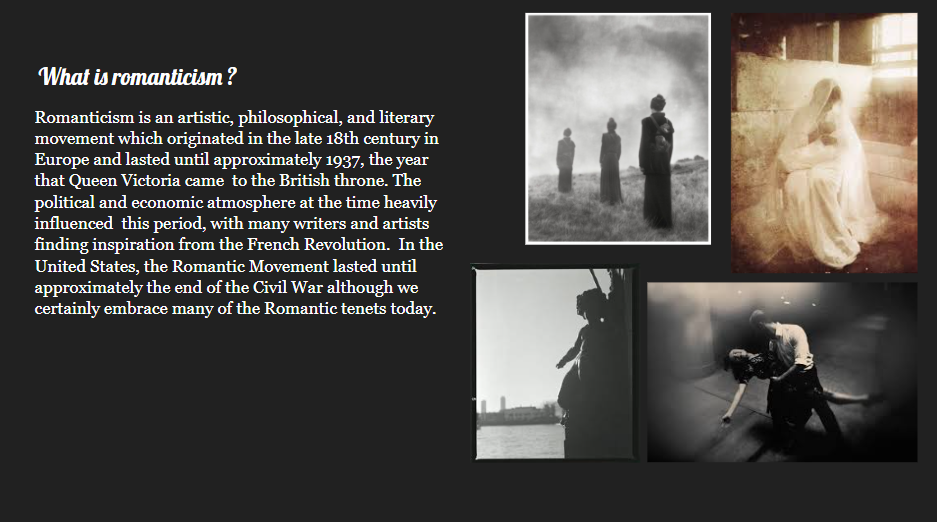




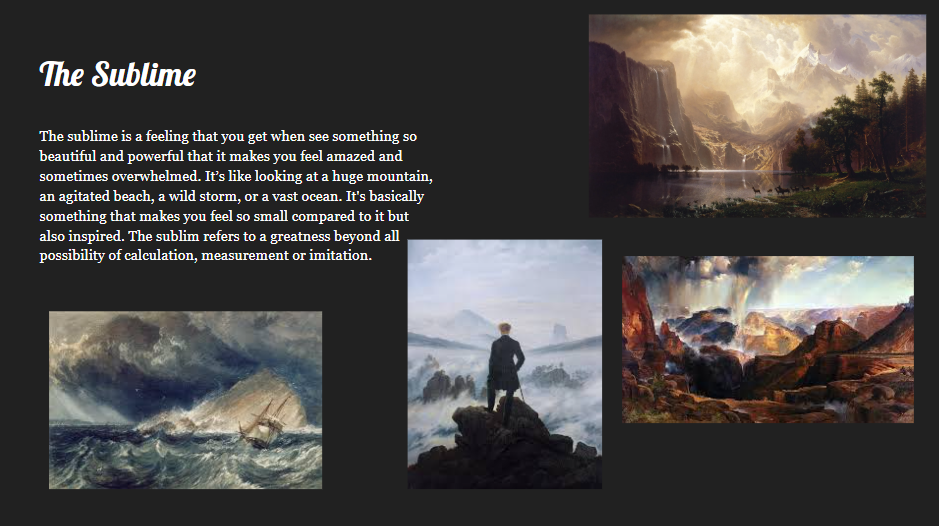
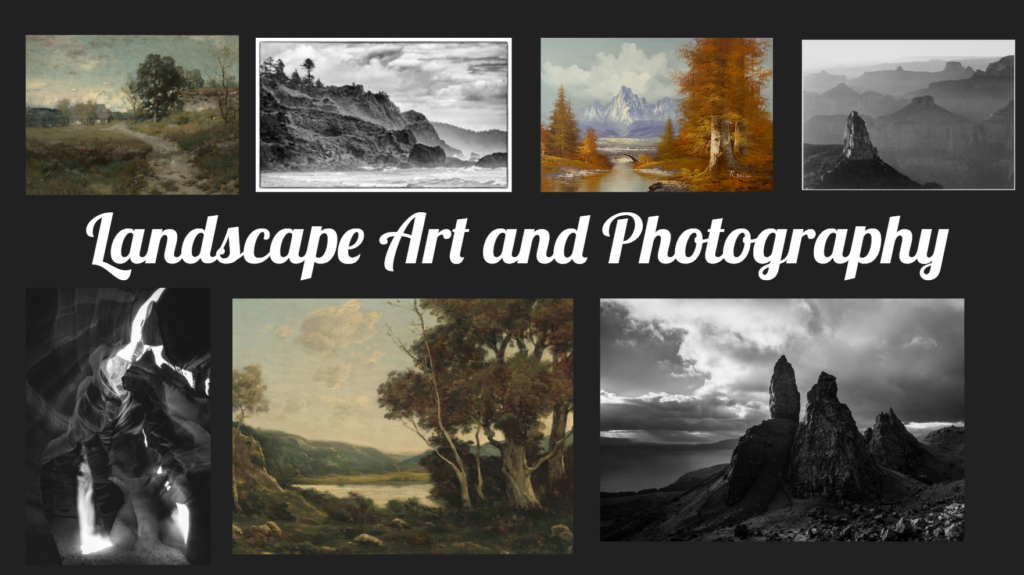
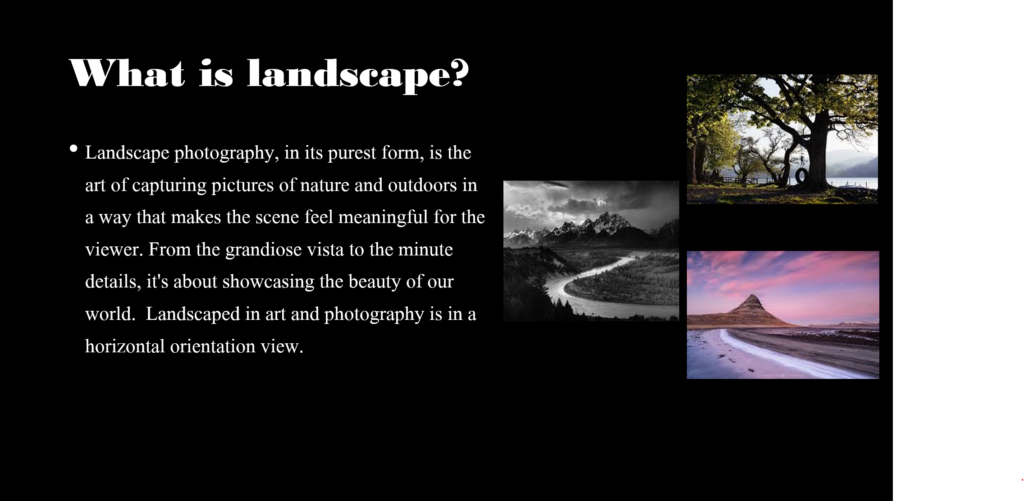
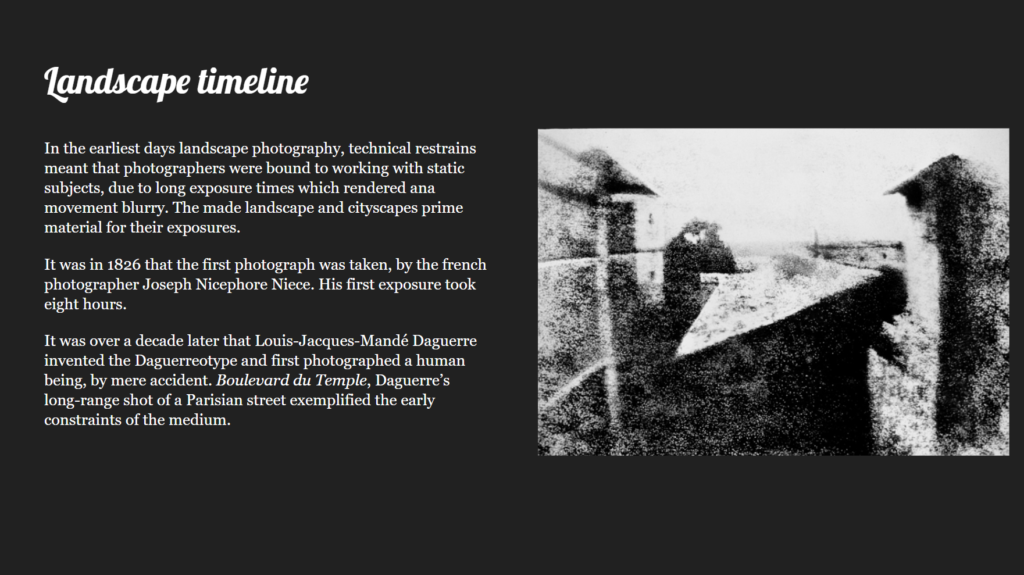
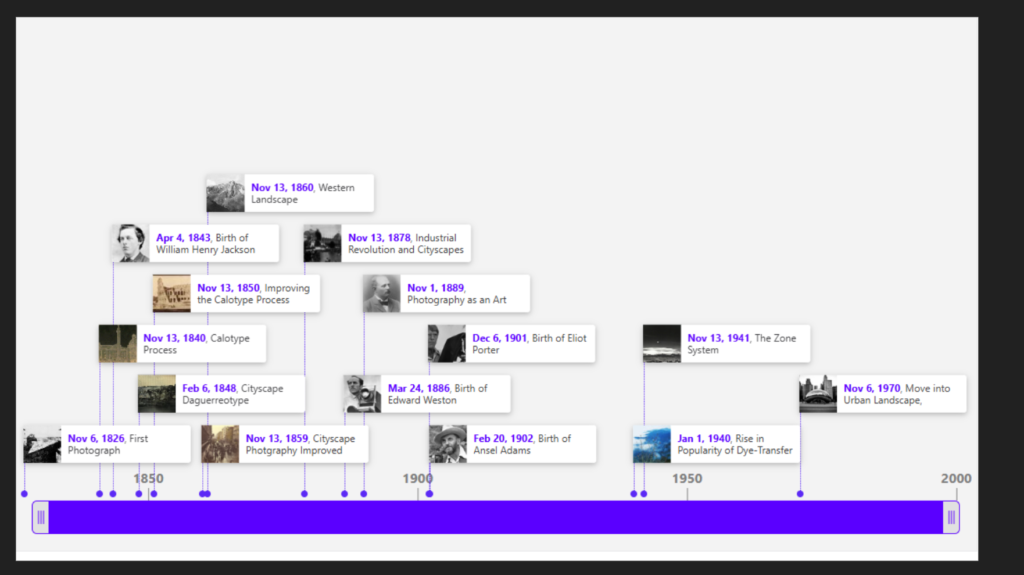











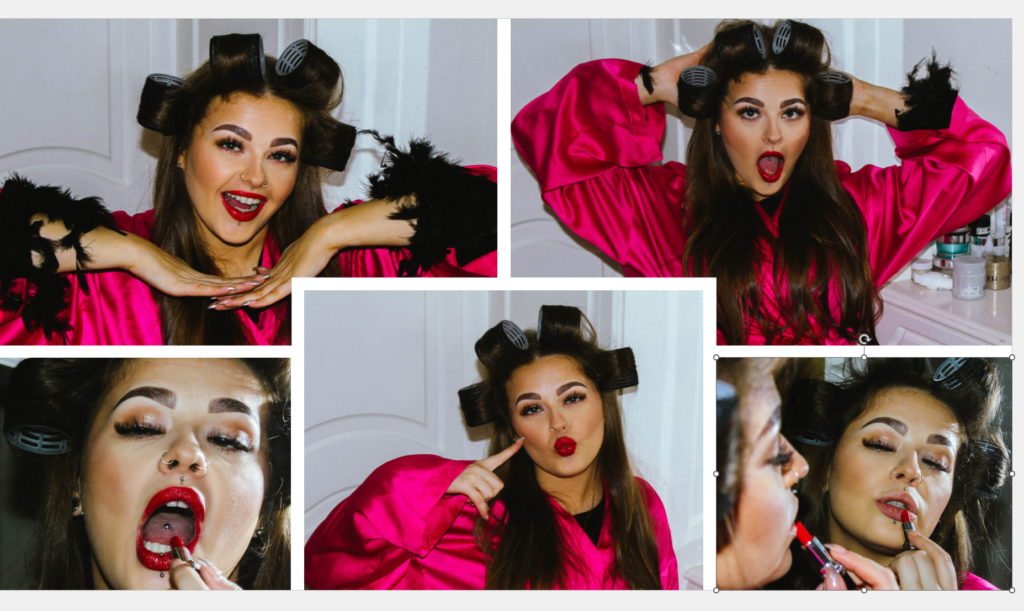
For my final images in this identity project, I selected this series because they effectively capture female stereotypes in a playful and exaggerated way, drawing inspiration from Cindy Sherman. Her work explores identity, performance, and the construction of femininity, which I aimed to reflect through these staged portraits.
I chose these specific images because they showcase a range of over-the-top expressions and poses that highlight different stereotypical portrayals of women, particularly in relation to beauty, vanity, and performative femininity. The use of bold makeup, oversized hair rollers, and a glamorous satin robe enhances the theatrical feel, making the subject appear almost like a caricature of traditional beauty standards.
Each image plays with the idea of femininity as a performance, with exaggerated expressions that range from playful confidence to sultry allure. The lipstick application and open-mouthed pose, for example, reference the expectation that beauty is both a ritual and an obligation for women. By emphasizing these details in a humorous and exaggerated manner, I wanted to challenge how these stereotypes are both reinforced and internalized.
I aimed to create thought-provoking yet visually engaging images that reflect the societal pressures placed on women. The staged, performative nature of the series ties back to Sherman’s conceptual approach, making these selections the strongest representation of my exploration of identity and gender roles.
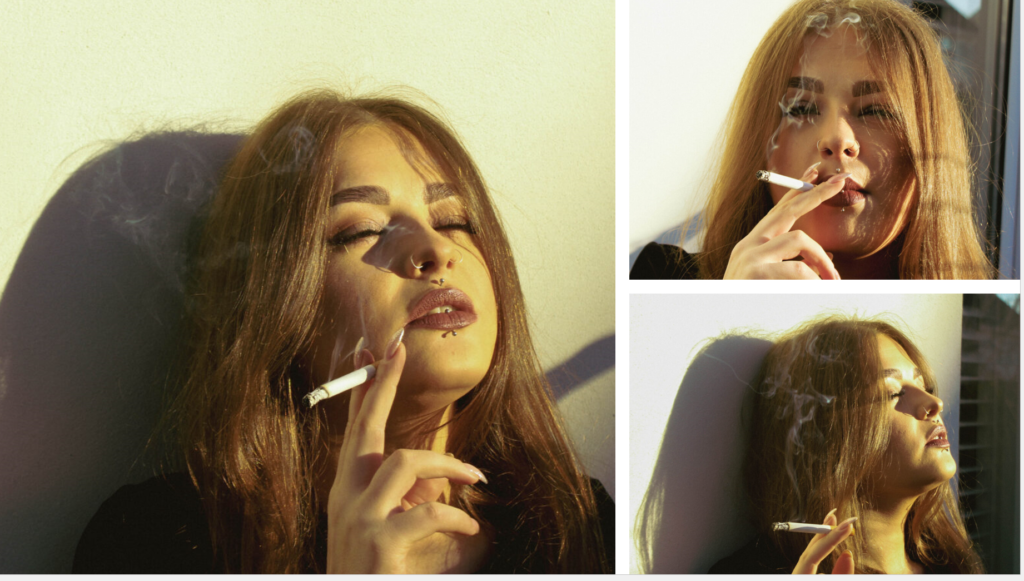
I chose to include this second set of images because it explores a different side of female stereotypes, contrasting with the playful and glamorous feel of my first set. These have a moodier vibe to them, playing into the idea of the ‘mysterious’ or ‘rebellious’ woman often seen in films and media.
The cigarette, dramatic lighting, and detached expression plays into the stereotype of the ‘troubled woman’ a figure that is often romanticized in popular culture. The shadows and natural light add to the atmosphere, making the images feel more cinematic and reflective.
I wanted to include this set to show a contrast between two extremes of femininity -the over-the-top, glamorous persona in my first set and this more detached, ‘deep in thought’ stereotype. Both tie back to Cindy Sherman’s work and her exploration of constructed female identities.
When I compare my photos to Cindy Sherman’s work, I feel like we’re both exploring similar ideas around gender, identity, and the roles society expects women to play. Sherman critiques these stereotypes by creating exaggerated characters and using herself as the subject. With my photos, I focused on those same expectations, specifically through the rituals of doing hair and makeup.
The tone of my work, though, feels a bit different. Sherman’s photos often have this unsettling vibe, while mine are more playful and light-hearted. I wanted to keep things fun and relatable, but still make people think about how these routines connect to societal pressures.
Visually, Sherman’s work is very theatrical and carefully staged, with dramatic lighting and props that make her characters feel larger than life. In my photos, I used exaggeration in the poses and actions, but I kept the scenes grounded in the everyday. I think this gave my work a lighter tone, while still paying homage to her ability to critique through performance.
In the end, I think my photos reflect the spirit of Sherman’s work, challenging ideas about femininity, but with my own twist that feels more playful and true to my perspective.
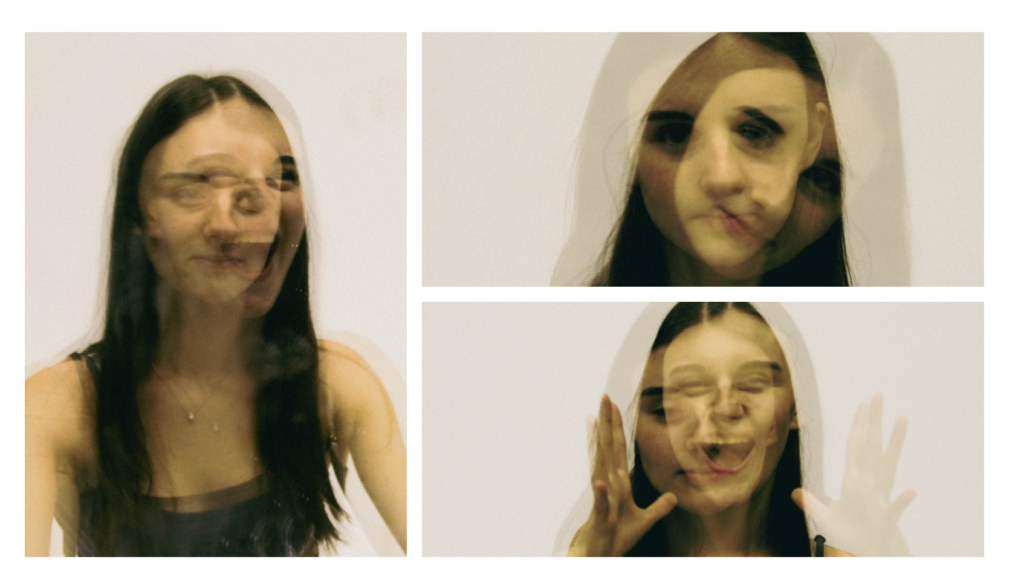
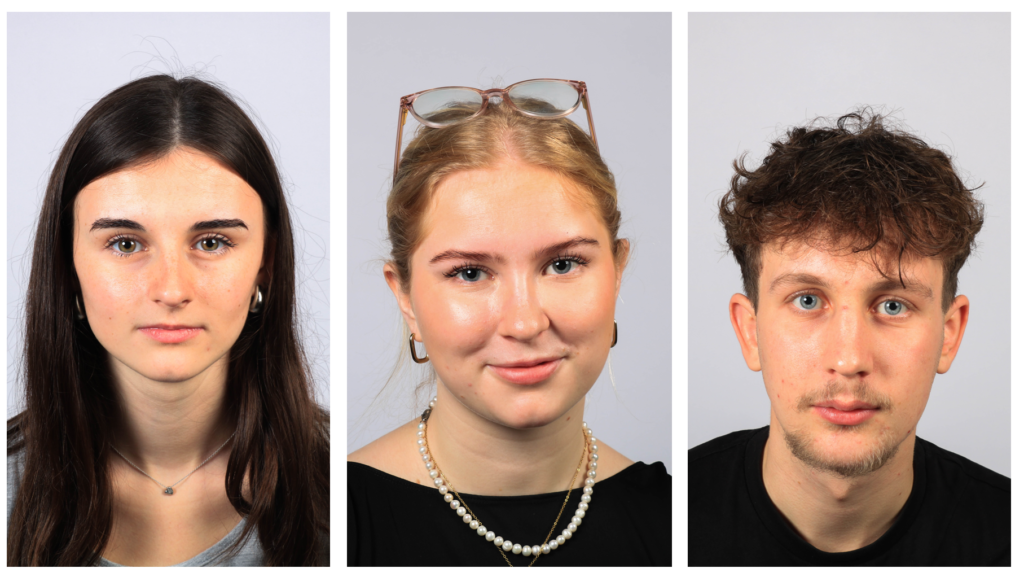
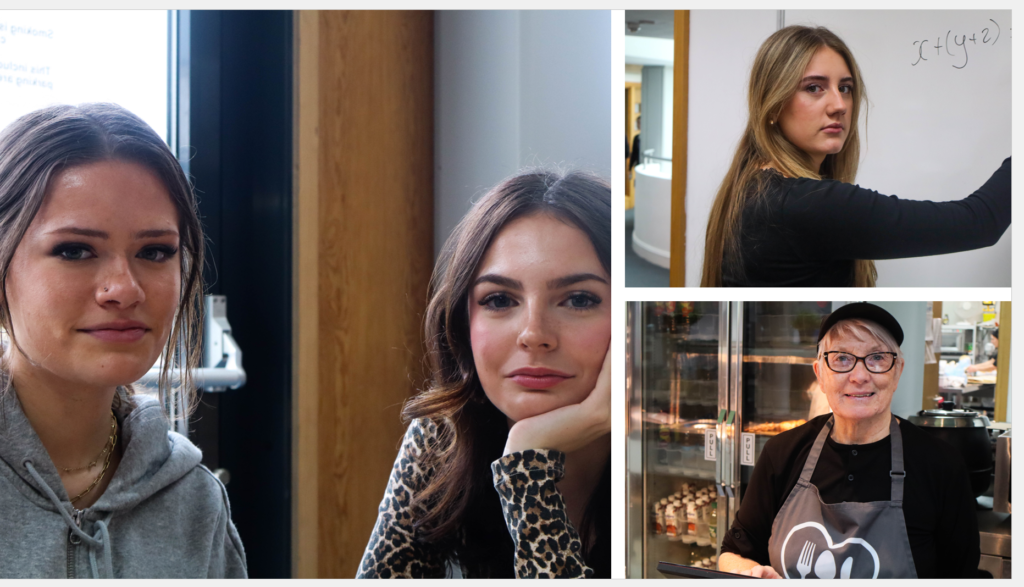
romanticism definition – a movement in the arts and literature that originated in the late 18th century, emphasizing inspiration, subjectivity, emotion and the primacy of the individual.
who – Both the English poet and artist William Blake and the Spanish painter Francisco Goya have been dubbed “fathers” of Romanticism by various scholars for their works’ emphasis on subjective vision, the power of the imagination, and an often darkly critical political awareness.
what – a literary and artistic movement marked chiefly by an emphasis on the imagination and emotions
The origins of Romanticism – Romanticism started in Western Europe, around the middle of the 18th century. At this time, the dominant artistic and cultural movement is Neoclassicism, which finds its inspiration in the aesthetics of ancient civilizations.
how – Scholars say that the Romantic Period began with the publishing of Lyrical Ballads (1798) by William Wordsworth and Samuel Taylor Coleridge. This was one of the first collections of poems that strayed from the more formal poetic diction of the Neoclassical Period.
why did it start – Romanticism was a reaction against this spread of industrialism, as well as a criticism of the aristocratic social and political norms and a call for more attention to nature.
why did it end – By World War I, Romanticism was overshadowed by new cultural, social, and political movements, many of them hostile to the perceived illusions and preoccupations of the Romantics.
John Constable (11 June 1776 – 31 March 1837) was an English Romantic painter. Born in Suffolk, he is known principally for his landscape paintings of Dedham Vale, the area surrounding his home – now known as “Constable Country”- which he invested with an intensity of affection. “I should paint my own places best”, he wrote to his friend John Fisher in 1821, “painting is but another word for feeling”.
Constable was one of the first artists of the Romantic movement to create landscape paintings drawn directly from nature rather than the idealised and dramatic depictions favoured by other artists of the period and in taking this stance he pioneered Naturalism in Britain.
Constable’s later years were saddened by the death of his wife. So, his works became more «expressionist», he wanted to communicate the emotional reality of the situation, and he emphasized the dynamism of the natural world. Thus, his landscapes appear more sinister and turbulent, expressing the feeling of the sublime



with this 6 foot painting, at the time is would not be considered traditional at that time, which would be called radical. but nowadays its would be seen as quite a traditional painting. which landscapes were not popular at the time but would be considered on days a classical landscape. That land which is shown in this painting was fragrant movement with tension from the industrial revolution, which removed tension. within this painting an area of the canvas was given to the sky which would be usual in those days, which he also in his painting deliberately make rough textures, to make seem more like nature. from this painting beauty is made by low movement. furthermore this painting is personal to be because is father is the land owner, which would make lots of nostalgic memory’s.
Theory developed by Edmund Burke in the mid eighteenth century, where he defined sublime art as art that refers to a greatness beyond all possibility of calculation, measurement or imitation.
Capability to terrify or over well the viewer in photography
The sublime has contrasting positive + negative elements. It could be both beautiful and decaying at the same time, or it could illicit both awe and fear, such as powerful sea waves that can destroy boats on the open sea, which this feeling is shown within the painting.
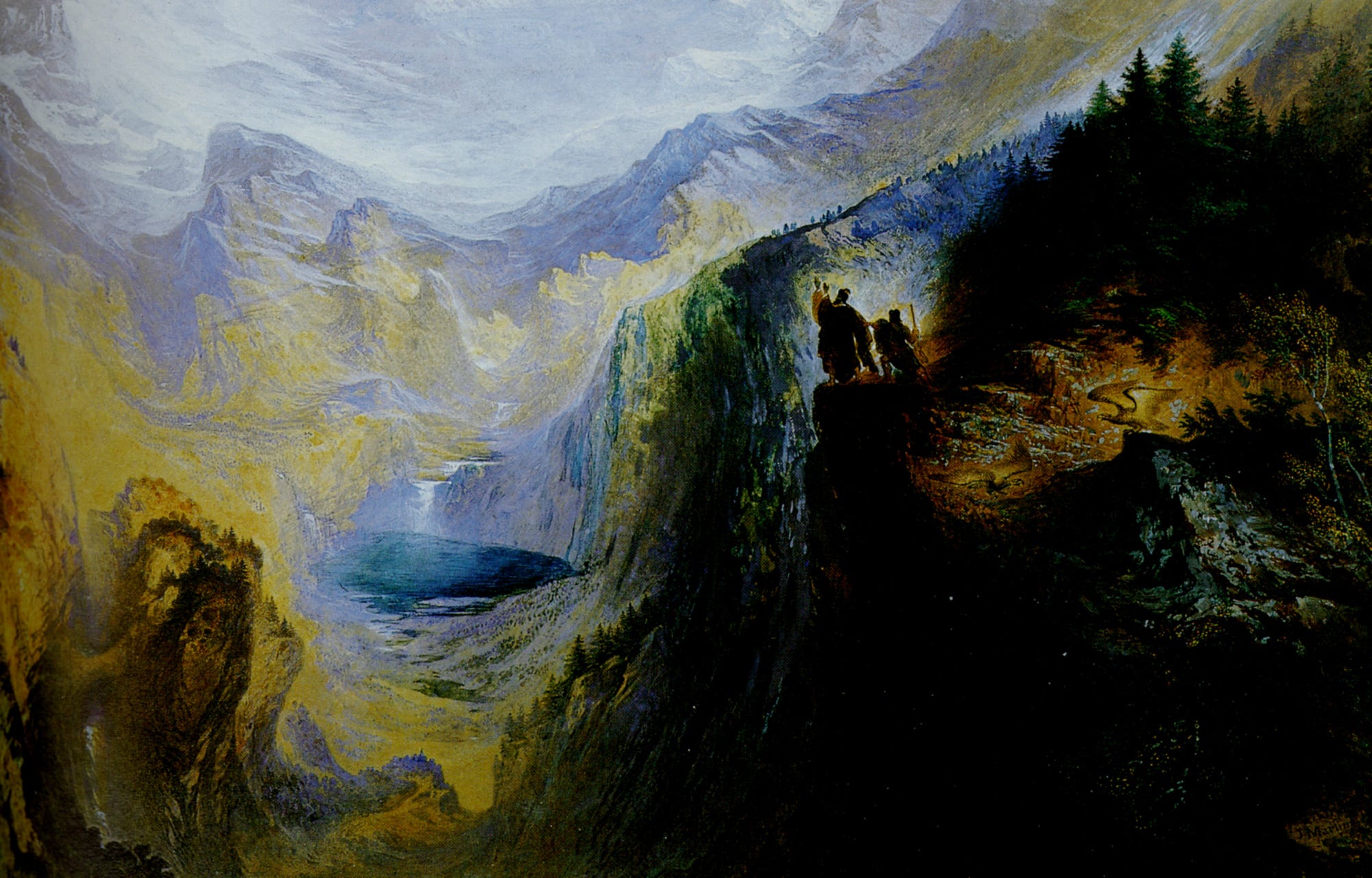
Turner was born near Covent Garden in London and entered the Royal Academy Schools in 1789. His earliest works form part of the 18th-century topographical tradition. He was soon inspired by 17th-century Dutch artists such as Willem van der Velde, and by the Italianate landscapes of Claude and Richard Wilson.
Any discussion of the sublime in the second half of the nineteenth century should start with Turner. Of all Romantic painters influenced by the aesthetic of the sublime, his works have been widely recognised as the most successful in capturing the effect of boundlessness which Burke and Kant saw as a prerequisite for the sublime in verbal and visual representation – the sublime being something that can be evoked but not achieved. Those works by Turner typically seen as sublime employ a formal language that avoids precise definition, instead using paint to hint at the terrifying and awesome but on a relatively modest scale when compared to the bombastic productions of painters such as Francis Danby and James Ward. Through juxtapositions of dark and light, obtrusive facture and subtle blending effects, combined with energetic centrifugal and vortex configurations and exaggerated distortions of scale, Turner’s works have been seen to both elevate and inspire perception in the beholder


Romanticism
Among the characteristic attitudes of Romanticism were the following: a deepened appreciation of the beauties of nature, a general exaltation of emotion over reason and of the senses over intellect, a turning in upon the self and a heightened examination of human personality and its moods and mental potentialities.
Romanticism has long been associated within the landscape. In the medium of photography, the sense of romance of the landscape features it spirit in full bloom.

What was Romanticism a reaction against?
Romanticism was a revolt against the aristocratic social and political norms of the Age of Enlightenment and also a reaction against the scientific rationalization of nature.
Enlightenment
Romanticism, flourishing in the late 18th to mid-19th centuries, emphasised emotion, nature, and individualism, contrasting sharply with the Enlightenment’s focus on reason, science, and societal progress. The Enlightenment, spanning much of the 18th century, prioritised logic, scepticism, and intellectual discourse.
A fact-file about romanticism
Who-
In English literature, the key figures of the Romantic movement are considered to be the group of poets including William Wordsworth, Samuel Taylor Coleridge, John Keats, Lord Byron, Percy Bysshe Shelley and the much older William Blake, followed later by the isolated figure of John Clare
What-
Romanticism has long been associated within the landscape. In the medium of photography, the sense of romance of the landscape features it spirit in full bloom. It is very hard to categorise. The very nature of Romanticism is rather uncontrollable and unpredictable.
How-
With its emphasis on the imagination and emotion, Romanticism emerged as a response to the disillusionment with the Enlightenment values of reason and order in the aftermath of the French Revolution of 1789.
Where, when-
Romanticism was first defined as an aesthetic in literary criticism around 1800. It then went on to gain momentum as an artistic movement in France and Britain in the early decades of the nineteenth century and flourished until mid-century.
Why-
The main idea of Romanticism is the celebration of the individual and the glorification of nature. More specifically, Romantics embrace the uniqueness of the human spirit, which they feel is reflected in and deeply connected to the untamed wildness of nature.
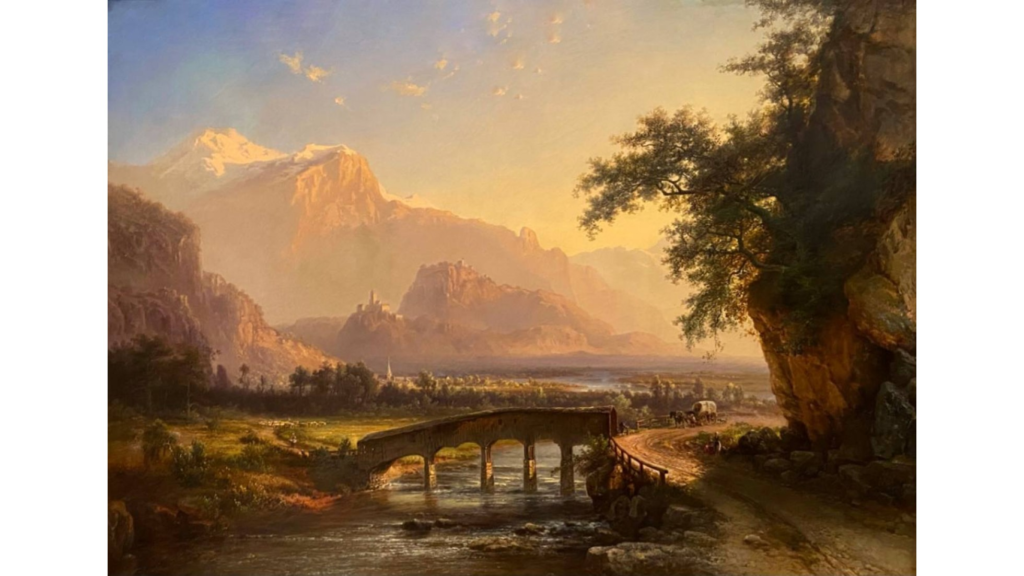
The Sublime
For Romantics, the sublime is a meeting of the subjective-internal (emotional) and the objective-external (natural world): we allow our emotions to overwhelm our rationality as we experience the wonder of creation.
In the “sublime”, vast horizons, towering mountains, and plunging chasms inspired profound feelings of awe, or even fear, rapture, and closeness to God or the infinite. The idealization of nature’s landscapes promoted a spiritual antidote to the crowded, industrialized urban areas where so many people lived.
According to Burke, the Beautiful is that which is well-formed and aesthetically pleasing, whereas the Sublime is that which has the power to compel and destroy us.
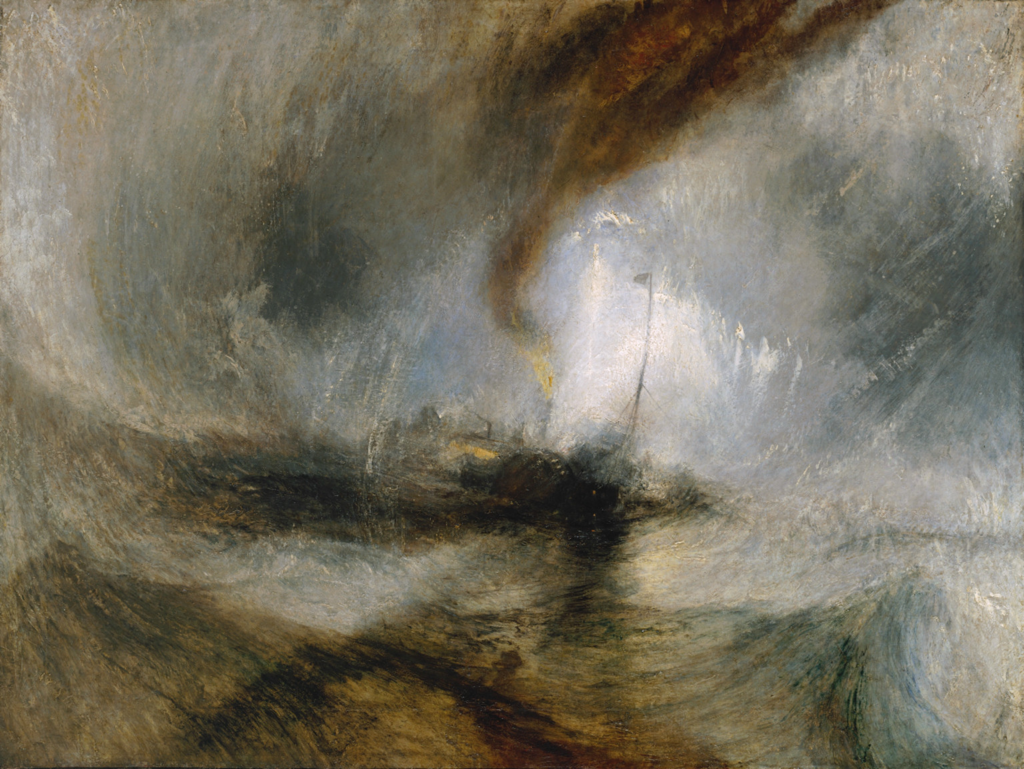
How did the Industrial Revolution have an impact on Romanticism?
The Industrial Revolution had a profound impact on the Romantic movement, shaping its themes, concerns, and artistic expressions. The loss of connection with nature, the alienating effects of urbanization, and the critique of industrial capitalism all influenced the works of Romantic poets and artists.
The rise of Romanticism can be seen as a literature’s backlash against the Industrial Revolution. Escaping from the crashing modernity and rise of technology, factories, and cities, Romantics focused on nature, rural life and subjectivity.
The importance of the British painters JMW Turner and John Constable
The landscape painters Turner and Constable were influential exponents of romanticism, an artistic movement of the late 1700s to mid-1800s that emphasized an emotional response to nature.
Turner, who travelled extensively, often infused his dramatic seascapes and landscapes with literary or historical allusions. Two of Britain’s greatest painters, J.M.W. Turner and John Constable were also the greatest of rivals.
Born within a year of each other Turner in 1775, Constable in 1776 – they used landscape art to reflect the changing world around them.

Key word and terms associated with romanticism
Individualism
Focus on the self and personal expression, valuing individual creativity over societal constraints.
Imagination
Emphasized as a powerful and transcendent faculty, often seen as more important than reason.
Nature
Nature was seen as a source of inspiration, beauty, and spiritual power, often depicted as sublime and untamed.
Sublime
A concept that refers to experiences of awe and terror in nature or art, where beauty and danger intersect.
Emotion
Emphasis on intense emotions such as passion, awe, melancholy, and longing, often in reaction to the rationalism of the Enlightenment.
The Supernatural
Interest in the mystical, the mysterious, and the irrational, including folklore, myths, and gothic elements.
The Heroic
Celebration of the individual hero, often portrayed as a misunderstood or tragic figure.
Exoticism
Fascination with distant, mysterious lands and cultures, often portrayed in art, literature, and music.
Nostalgia
A longing for the past, especially for simpler or more primitive times, often idealized.
Rebellion
Rejection of established norms, authority, and traditional conventions, including a challenge to societal, political, and artistic constraints.
Art for Art’s Sake
The idea that art should be valued for its intrinsic beauty and emotional power rather than its moral or didactic message.
Gothic
A style that blends the mysterious, eerie, and dark elements, often involving haunted landscapes or supernatural occurrences.
The Byronic Hero
A specific type of hero, derived from Lord Byron’s works, characterized by rebellion, isolation, and a troubled, tormented soul.
Sentimentality
Overwhelming emotion, often expressed in literature or visual arts, with a focus on tender, emotional moments.
Romanticism
Among the characteristic attitudes of Romanticism were the following: a deepened appreciation of the beauties of nature, a general exaltation of emotion over reason and of the senses over intellect, a turning in upon the self and a heightened examination of human personality and its moods and mental potentialities. Romanticism has long been associated within the landscape. In the medium of photography, the sense of romance of the landscape features it spirit in full bloom.

A fact-file about romanticism
who:
In English literature, the key figures of the Romantic movement are considered to be the group of poets including William Wordsworth, Samuel Taylor Coleridge, John Keats, Lord Byron, Percy Bysshe Shelley and the much older William Blake, followed later by the isolated figure of John Clare.
john Constable, the German Caspar David Friedrich, and the American Thomas Cole
what:
Romanticism has long been associated within the landscape. In the medium of photography, the sense of romance of the landscape features it spirit in full bloom. It is very hard to categorise. The very nature of Romanticism is rather uncontrollable and unpredictable.
how:
With its emphasis on the imagination and emotion, Romanticism emerged as a response to the disillusionment with the Enlightenment values of reason and order in the aftermath of the French Revolution of 1789.
where/when:
Romanticism was first defined as an aesthetic in literary criticism around 1800. It then went on to gain momentum as an artistic movement in France and Britain in the early decades of the nineteenth century and flourished until mid-century.
why:
The main idea of Romanticism is the celebration of the individual and the glorification of nature. More specifically, Romantics embrace the uniqueness of the human spirit, which they feel is reflected in and deeply connected to the untamed wildness of nature.
An explanation of what The Sublime is
In aesthetics, the sublime (from the Latin sublimes) is the quality of greatness, whether physical, moral, intellectual, metaphysical, aesthetic, spiritual, or artistic. The term especially refers to a greatness beyond all possibility of calculation, measurement, or imitation.
Theory developed by Edmund Burke in the mid eighteenth century, where he defined sublime art as art that refers to a greatness beyond all possibility of calculation, measurement or imitation
Well, then you encountered ‘The Sublime’ or at least the Romantic era version (1800-1850) of it. The Sublime is a western aesthetic concept of ‘the exalted’ of ‘beauty that is grand and dangerous’. The Sublime refers to the wild, unbounded grandeur of nature.
how did the Industrial Revolution have an impact on Romanticism?
The Industrial Revolution had a profound impact on the Romantic movement, shaping its themes, concerns, and artistic expressions. The loss of connection with nature, the alienating effects of urbanization, and the critique of industrial capitalism all influenced the works of Romantic poets and artists.
The rise of Romanticism can be seen as a literature’s backlash against the Industrial Revolution. Escaping from the crashing modernity and rise of technology, factories, and cities, Romantics focused on nature, rural life and subjectivity.
The importance of the British painters JMW Turner and John Constable
The landscape painters Turner and Constable were influential exponents of romanticism, an artistic movement of the late 1700s to mid-1800s that emphasized an emotional response to nature.
Turner, who travelled extensively, often infused his dramatic seascapes and landscapes with literary or historical allusions. Two of Britain’s greatest painters, J.M.W. Turner and John Constable were also the greatest of rivals.
Born within a year of each other Turner in 1775, Constable in 1776 – they used landscape art to reflect the changing world around them.
Individualism
Focus on the self and personal expression, valuing individual creativity over societal constraints.
Imagination
Emphasized as a powerful and transcendent faculty, often seen as more important than reason.
Nature
Nature was seen as a source of inspiration, beauty, and spiritual power, often depicted as sublime and untamed.
Sublime
A concept that refers to experiences of awe and terror in nature or art, where beauty and danger intersect.
Emotion
Emphasis on intense emotions such as passion, awe, melancholy, and longing, often in reaction to the rationalism of the Enlightenment.
The Supernatural
Interest in the mystical, the mysterious, and the irrational, including folklore, myths, and gothic elements.
The Heroic
Celebration of the individual hero, often portrayed as a misunderstood or tragic figure.
Exoticism
Fascination with distant, mysterious lands and cultures, often portrayed in art, literature, and music.
Nostalgia
A longing for the past, especially for simpler or more primitive times, often idealized.
Rebellion
Rejection of established norms, authority, and traditional conventions, including a challenge to societal, political, and artistic constraints.
Art for Art’s Sake
The idea that art should be valued for its intrinsic beauty and emotional power rather than its moral or didactic message.
Gothic
A style that blends the mysterious, eerie, and dark elements, often involving haunted landscapes or supernatural occurrences.
The Byronic Hero
A specific type of hero, derived from Lord Byron’s works, characterized by rebellion, isolation, and a troubled, tormented soul.
Sentimentality
Overwhelming emotion, often expressed in literature or visual arts, with a focus on tender, emotional moments.
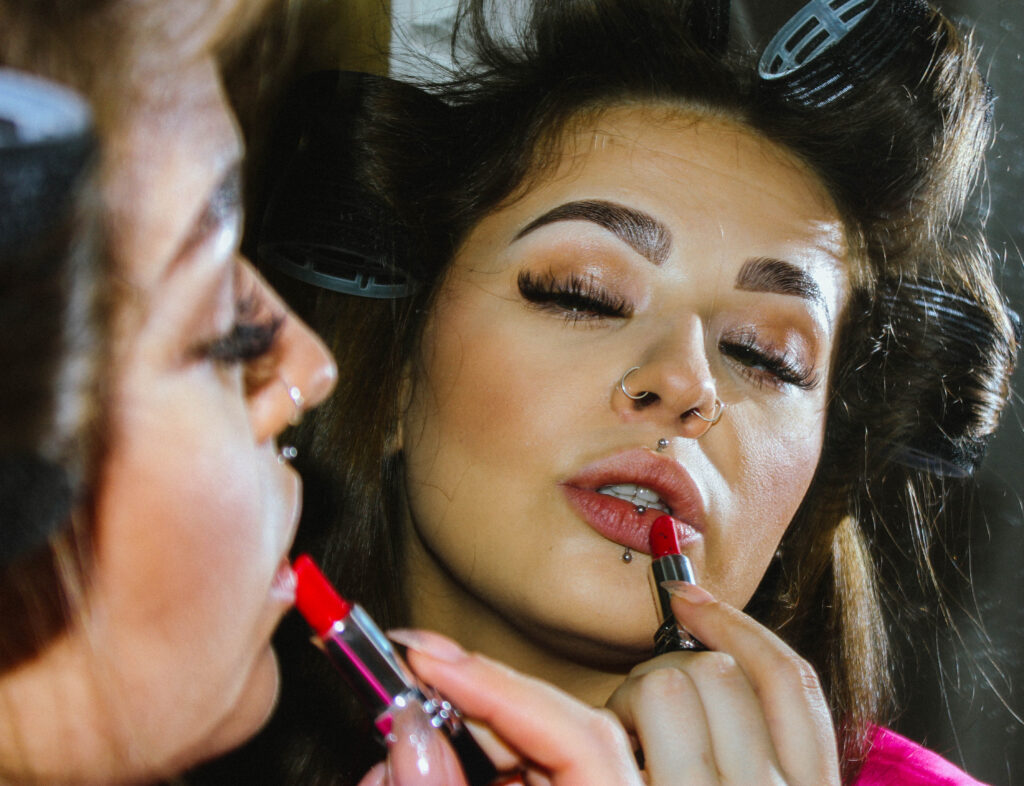
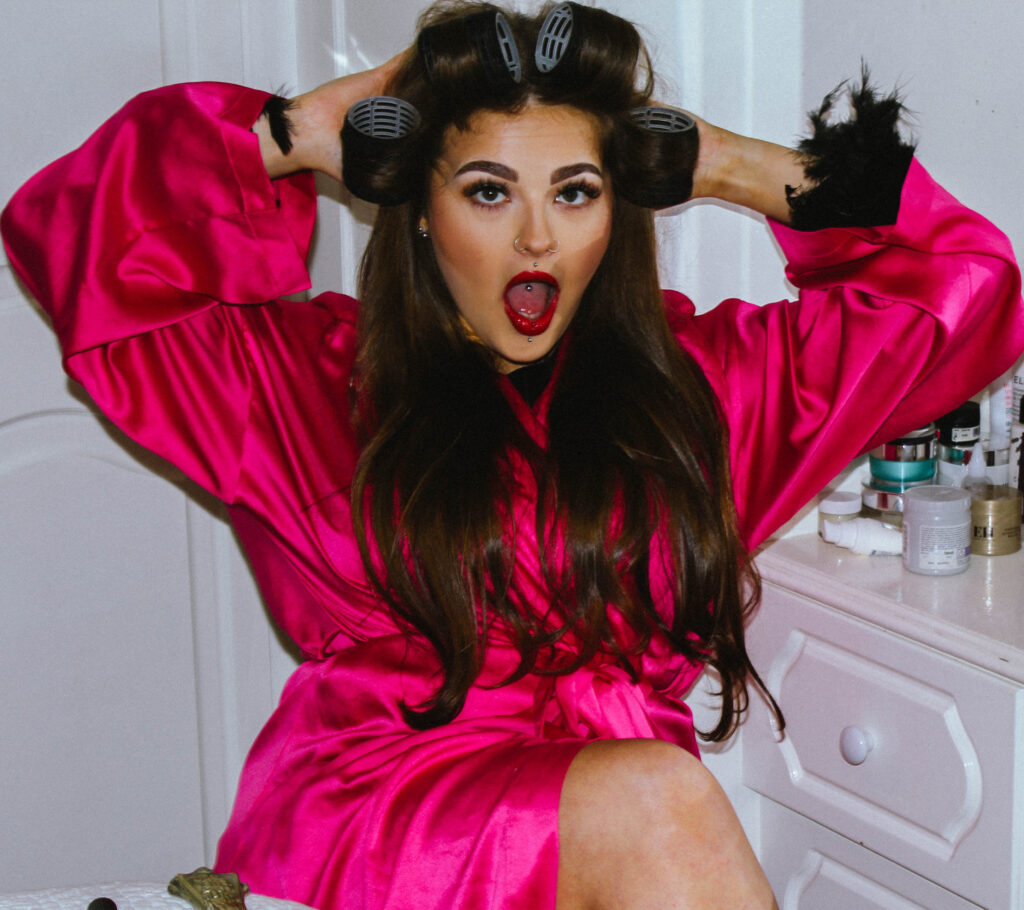
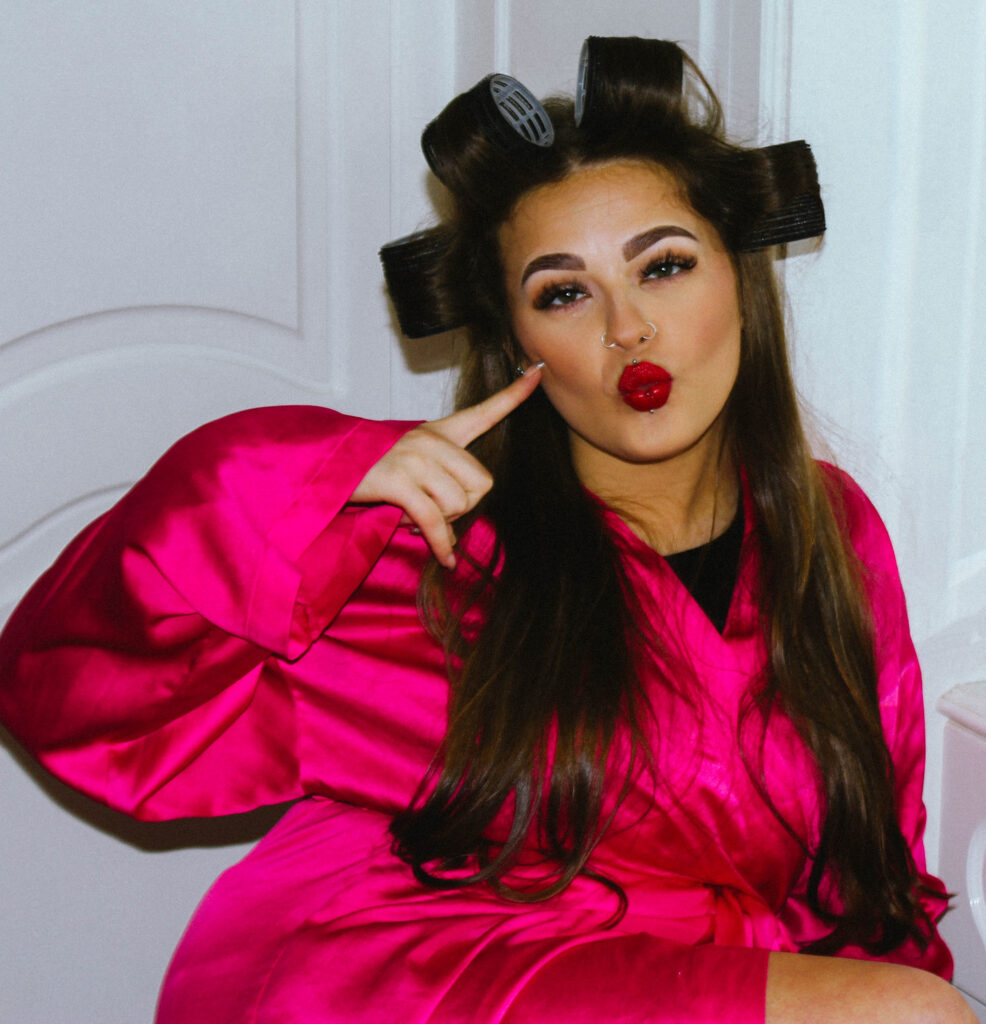
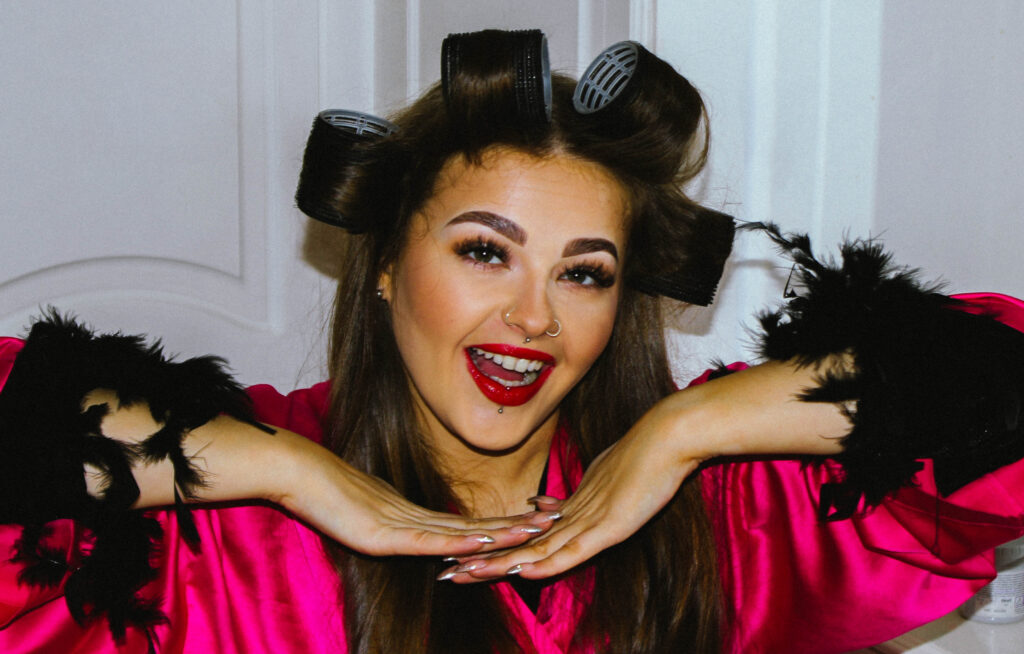
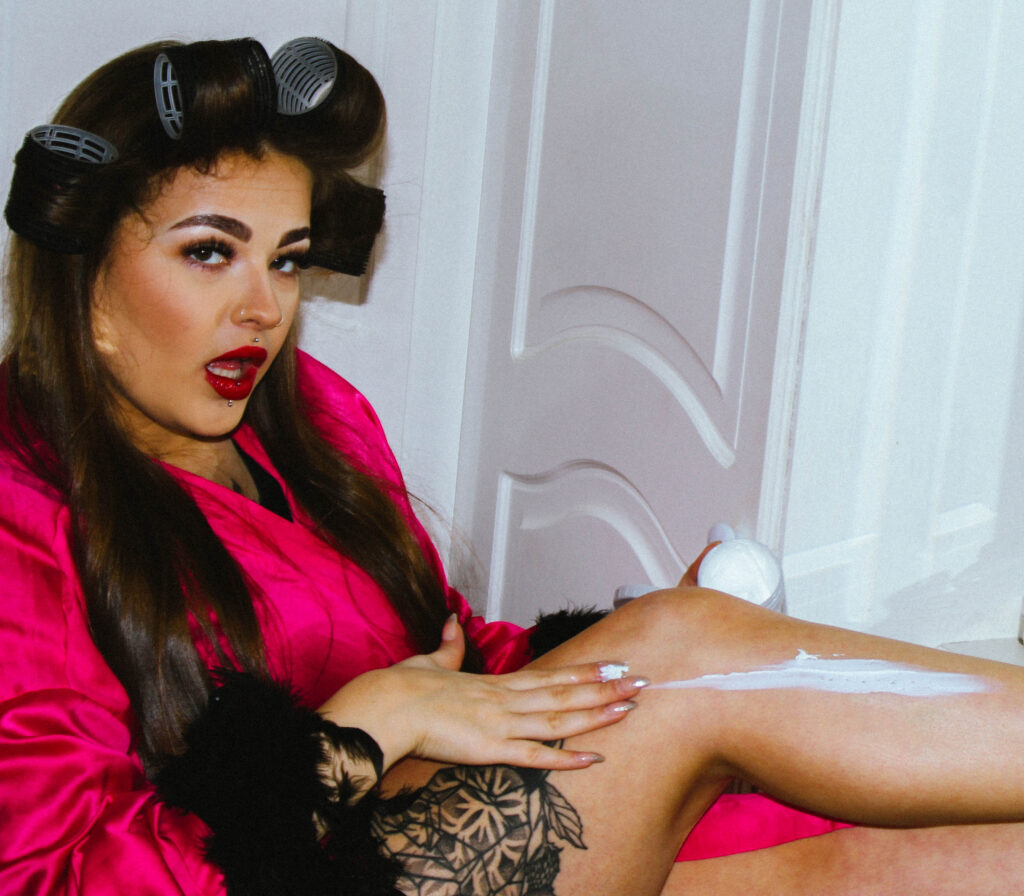
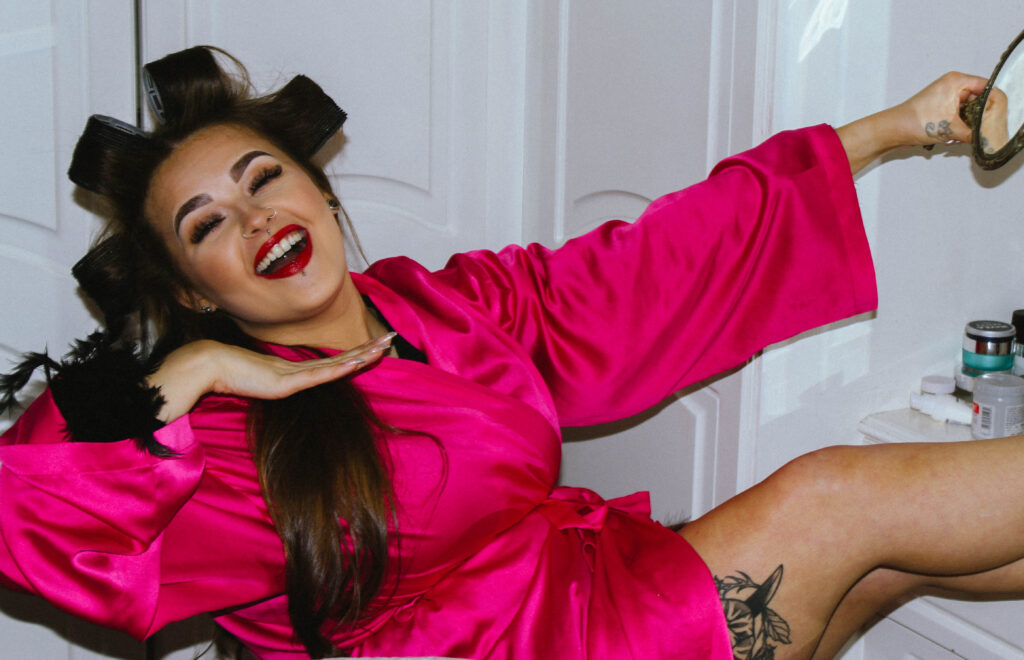
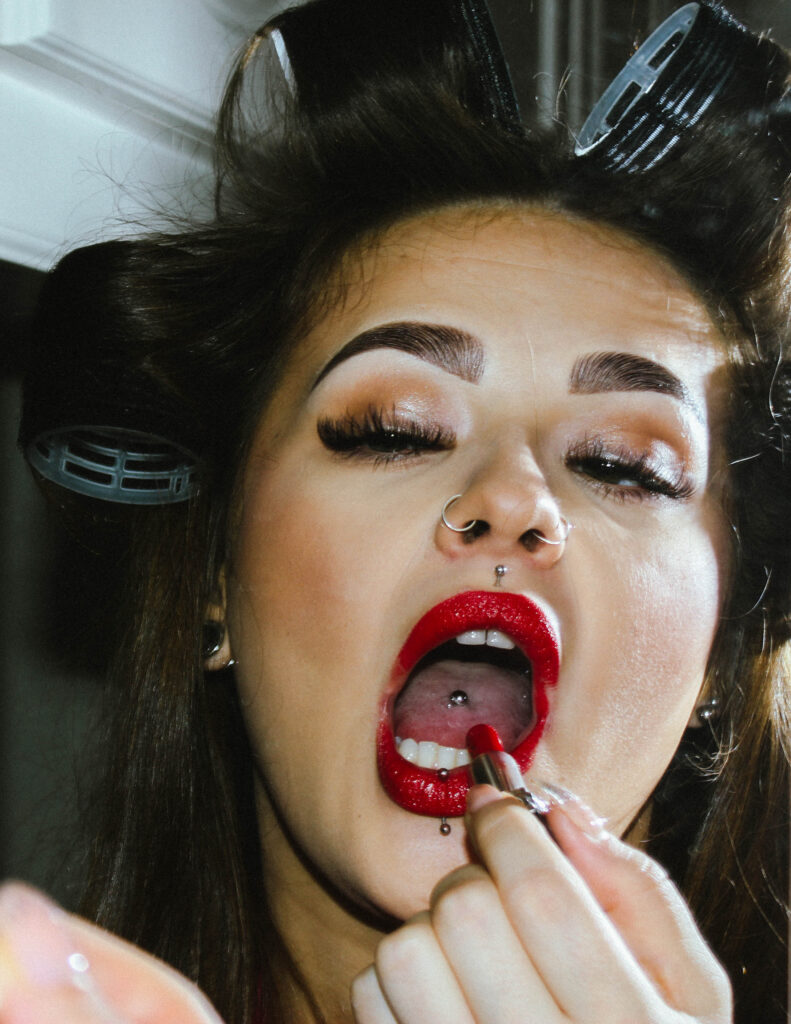


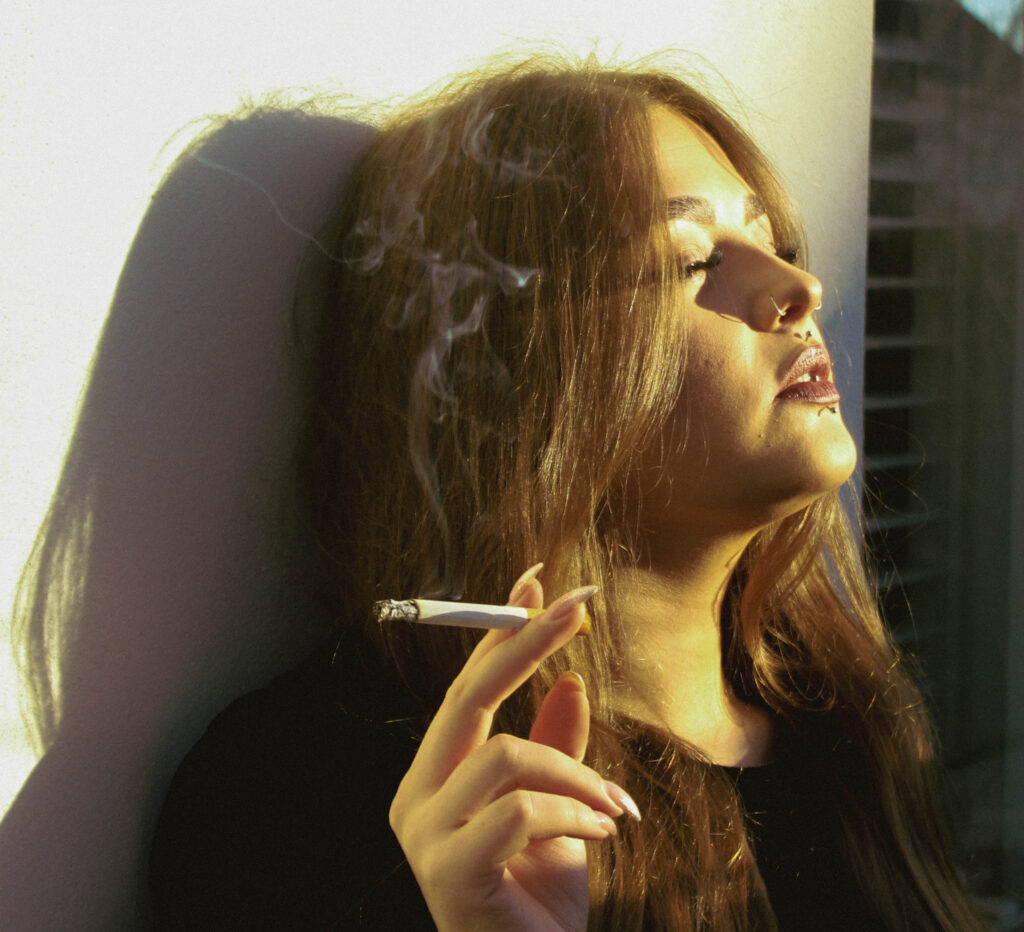
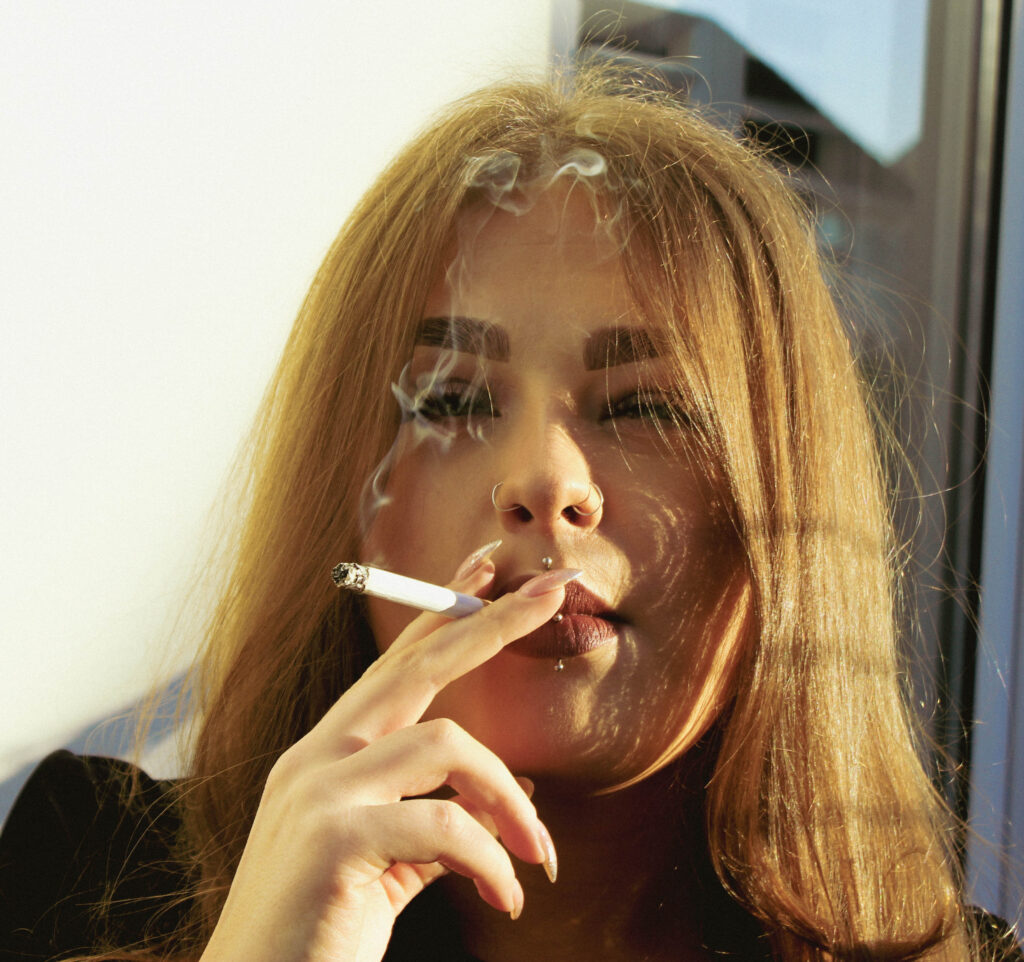
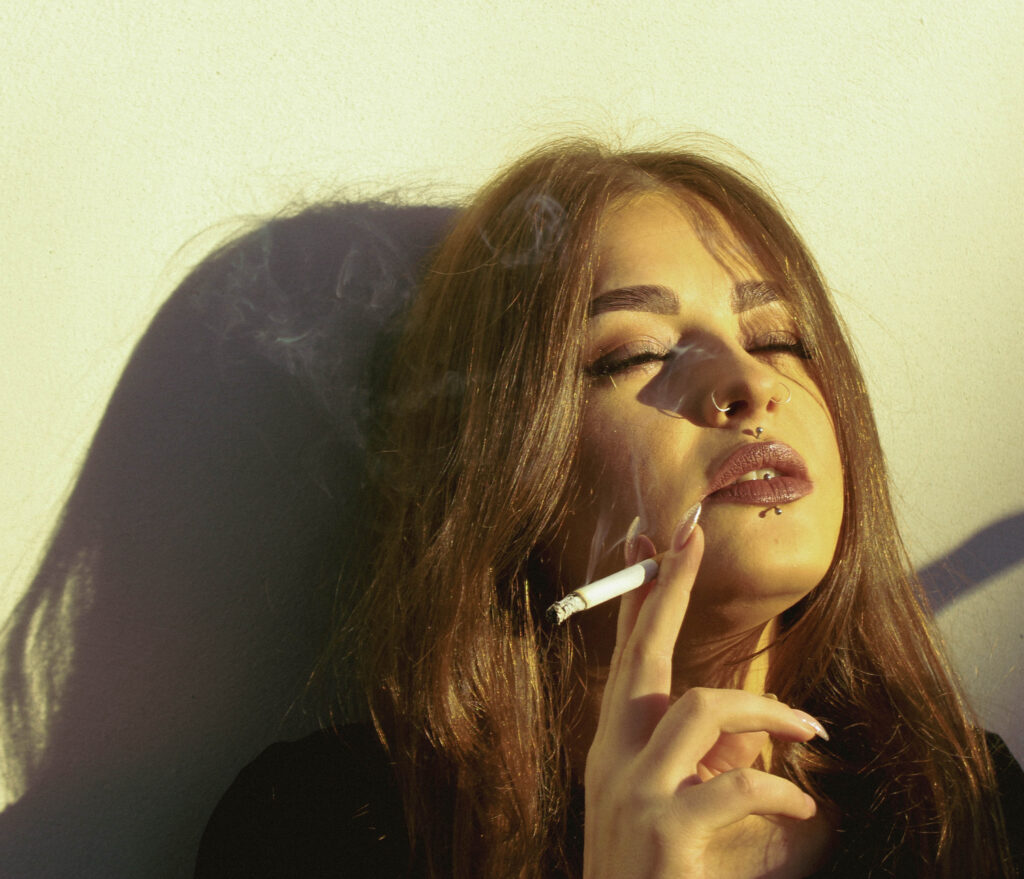
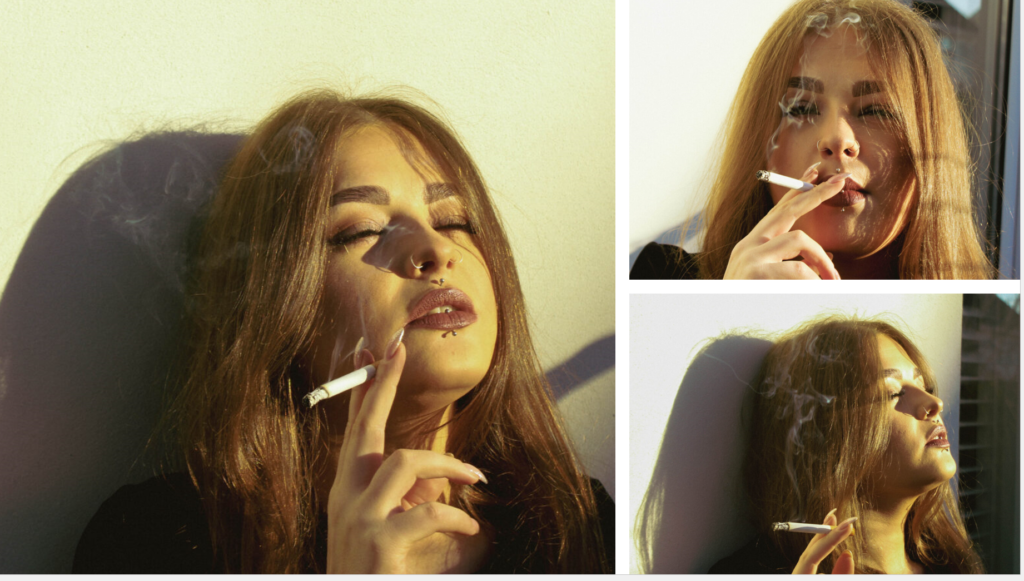
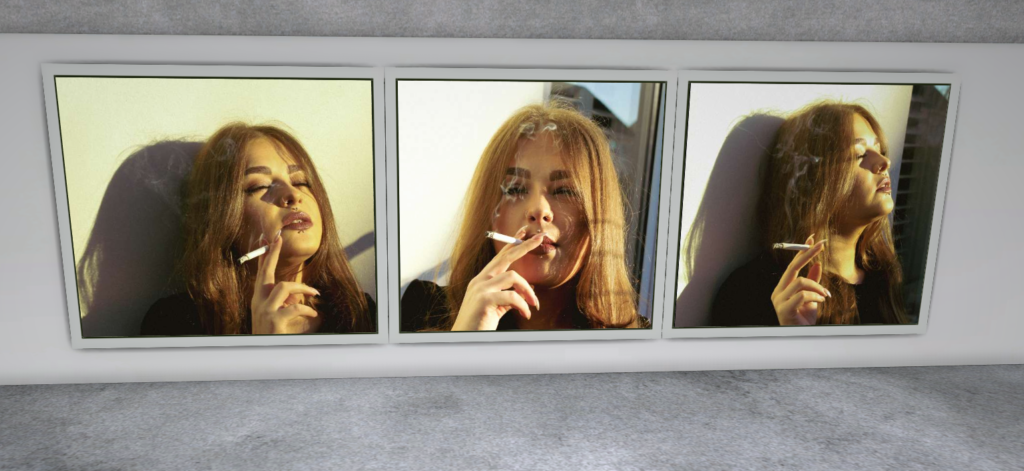
What is Romanticism?
Romanticism is the Romantics celebrated the spontaneity, imagination, and the purity of nature. Along with these elements it also incorporated a deep feeling of emotion as an authentic source of experience which put new emphasis on emotions such as apprehension, horror and terror, and awe.
What was romanticism a reaction against?
It was also to some extent a reaction against the Enlightenment and against 18th-century rationalism and physical materialism in general. Romanticism emphasized the individual, the subjective, the irrational, the imaginative, the personal, the spontaneous, the emotional, the visionary, and the transcendental.
What is the Sublime?
The Sublime is a western aesthetic concept of ‘the exalted’ of ‘beauty that is grand and dangerous’. The Sublime refers to the wild, unbounded grandeur of nature. The Sublime is related to threat and agony, to spaces where calamities happen or things run beyond human control. It overwhelms the viewer, but also excites them with the image.
How did the Industrial Revolution have an impact on Romanticism?
The Industrial Revolution had a profound impact on the Romantic movement, shaping its themes, concerns, and artistic expressions. The loss of connection with nature, the alienating effects of urbanization, and the critique of industrial capitalism all influenced the works of Romantic poets and artists.
The Hay Wain – John Constable
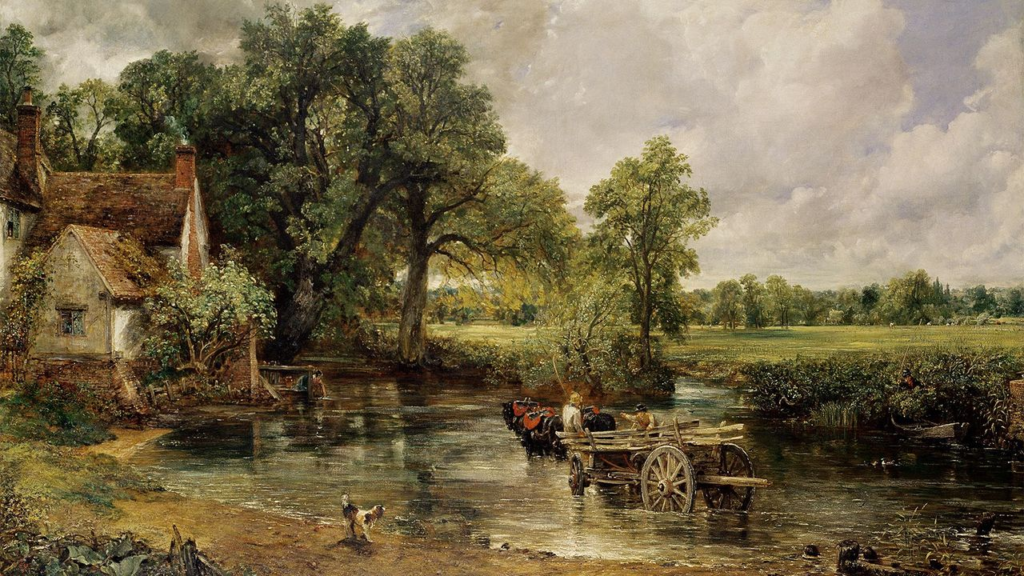
This painting is a 6ft landscape made in 1821 named the Hay Wain, which is a classical painting, and is not mundane. Previously, it was called the ‘Noon’, but they changed it. This image is very diverse for it’s time, as landscape wasn’t a very popular genre to paint/ draw. This image consists of very small details planted throughout, so you have to look closely. John’s father was a land owner, so John grew up around nature and had a very environmental life. This image represents the industrial time period where it was a common ideology that machines were taking over. However, this image challenges this as it shows the beautiful side to the time period, and it makes this more significant as this was not a typical landscape that was seen. This image creates a connection between farmers and the land, which therefore makes the image romantic and personal. Especially as John’s father was a farmer, it really connects John to the landscape. Lastly, the rough textures from the paint can link to the textures of the actual texture. For example, the texture for water is similar to the water in real life.
JMW turner

Any expanse of natural scenery that can be seen from one viewpoint is also called a landscape. The artistic meaning of landscape is the earliest, dating from the 1600s.

When did landscape emerge as a genre in western culture?
After the fall of the Roman Empire, the tradition of depicting pure landscapes declined, and the landscape was seen only as a setting for religious and figural scenes. This tradition continued until the 16th century when artists began to view the landscape as a subject in its own right.
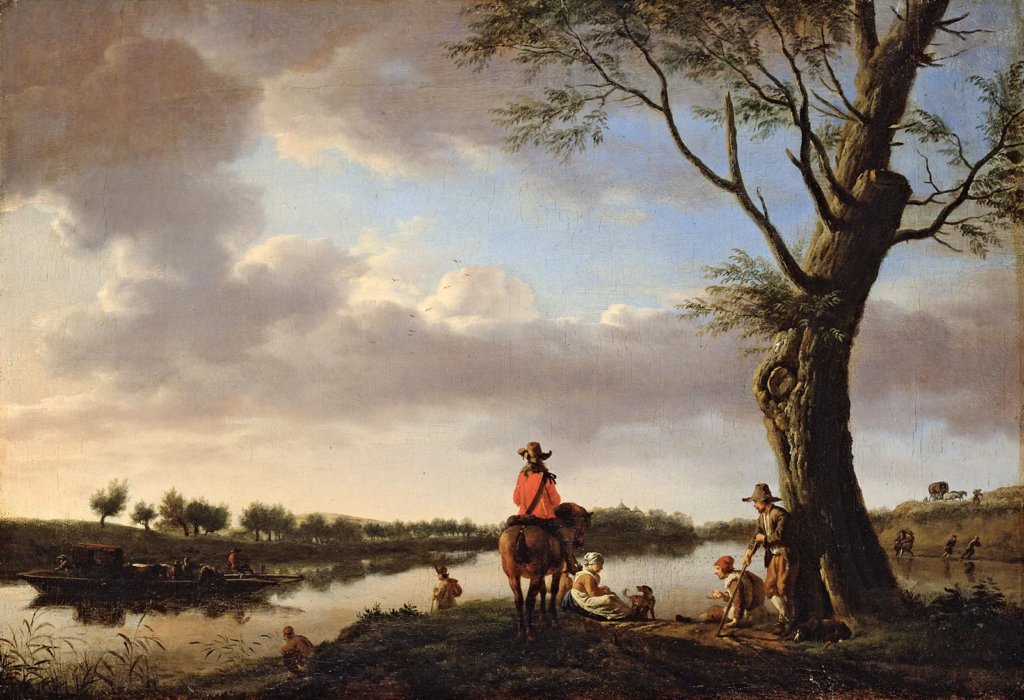
When did classical landscapes emerge as a genre?
In the 17th century the classical landscape was born. These landscapes were influenced by classical antiquity and sought to illustrate an ideal landscape recalling Arcadia, a legendary place in ancient Greece known for its quiet pastoral beauty.
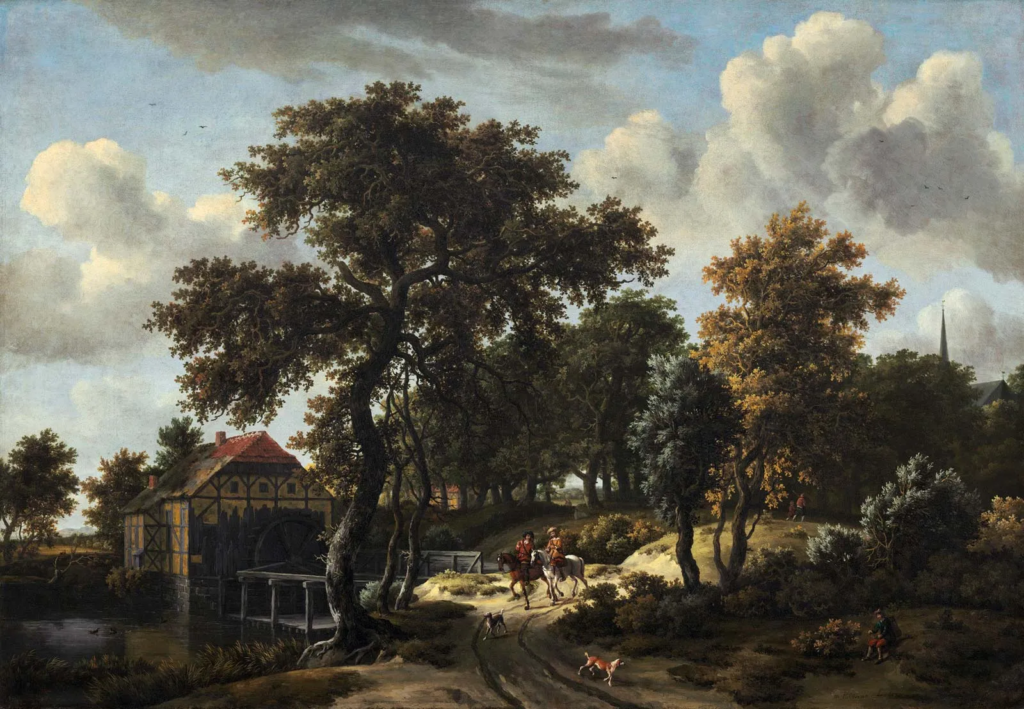
What prompted the rise of Landscape Art during the late 18th / 19th century?
Subsequently, religious painting declined throughout the rest of Europe in the 18th and 19th centuries. That fact, combined with a new Romanticism — which emphasized emotion, individualism, and the glorification of nature — promoted landscapes to a prestigious place in art that continues to this day.

When did landscape photography originate?
According to records, the earliest known evidence of a landscape photograph was taken between the years of 1826 and 1827. It was an urban landscape photo taken by a French inventor by the name of Nicephore Niepce.
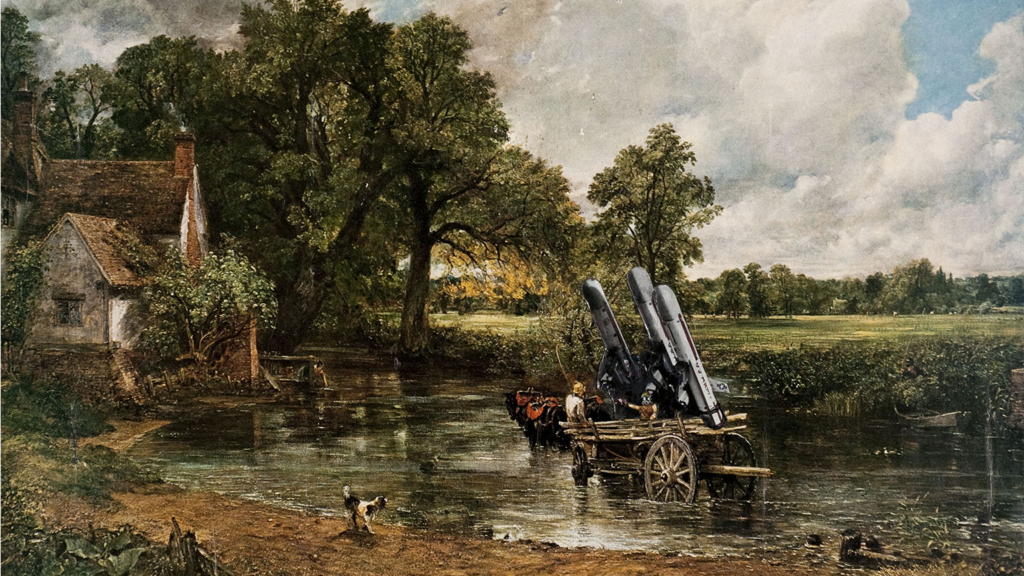
My Photoshoot: Contact sheet
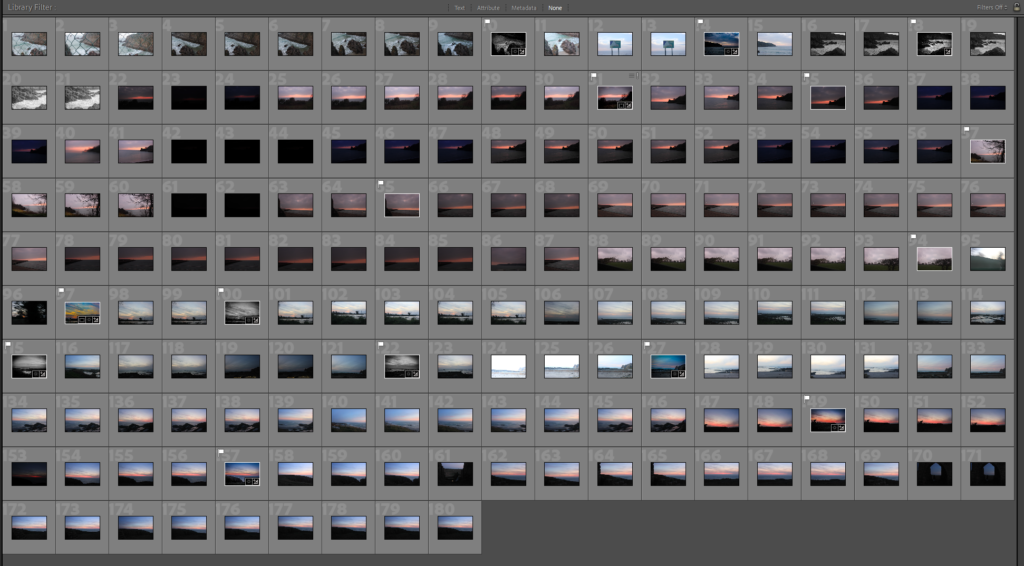
I decided to use lightroom to present all of my images, I have used filters to flag all the images i wish to edit or have already edited.
Experimenting with editing (before and after)
To edit my images, I decided to use lightroom as it has the options to change my images into HDR photos (high dynamic range). All of my photos were taken either at Plemont beach, Gorey and St Ouens, and were all taken either at sunrise or sunset to capture a more dramatic sky and lighting. I experimented with different shutter speeds, ISO, and exposures to capture the best images I could and to see what settings would make my images look the best. On a few of the images, the exposure is too low which made them quite dark, considering the scene was already quite dark at the time, so I had to increase the highlights and shadows in my editing to make sure I get all the details I can. I tried to use exposure bracketing on a couple of my images so that I could merge the 3 different exposures together to allow for more dynamic range and achieve a balanced exposure in all areas of the photo. Since I did not have a tripod, quite a few of my images were not in focus, but I was able to fix that by increasing the texture and making the foreground look a bit more unblurred. In future, I will ensure that I use a tripod or surface to steady my camera and compensate for the longer shutter speed.
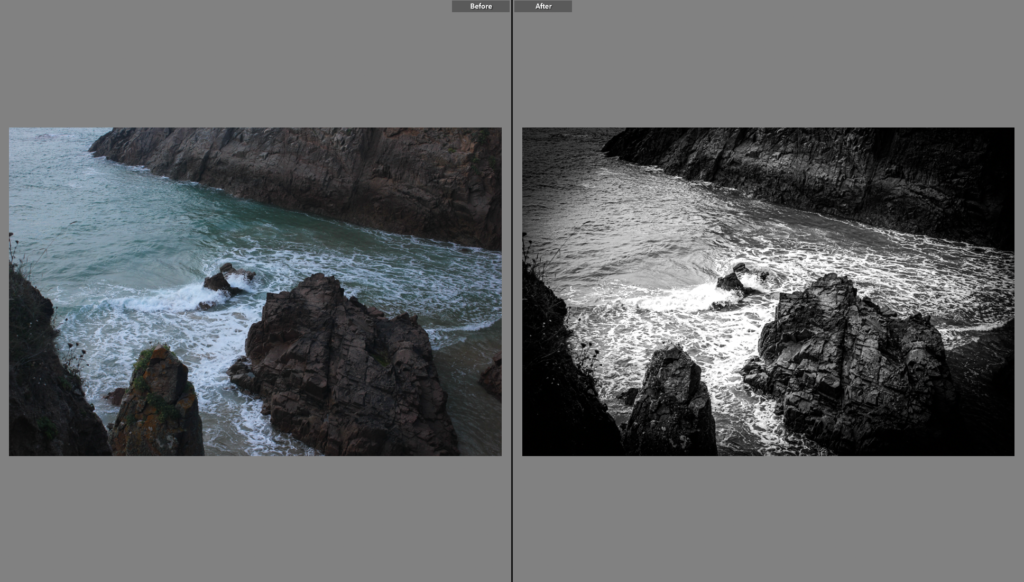
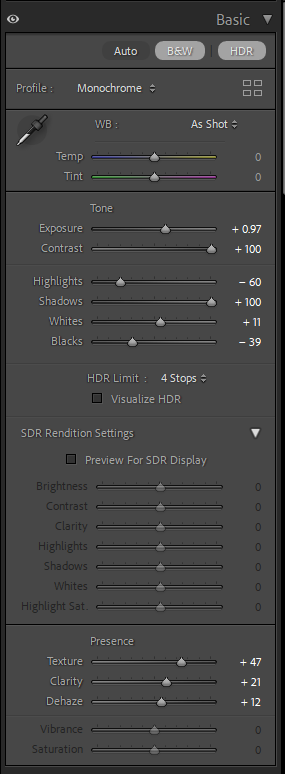
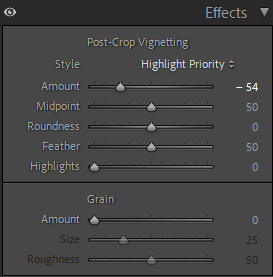
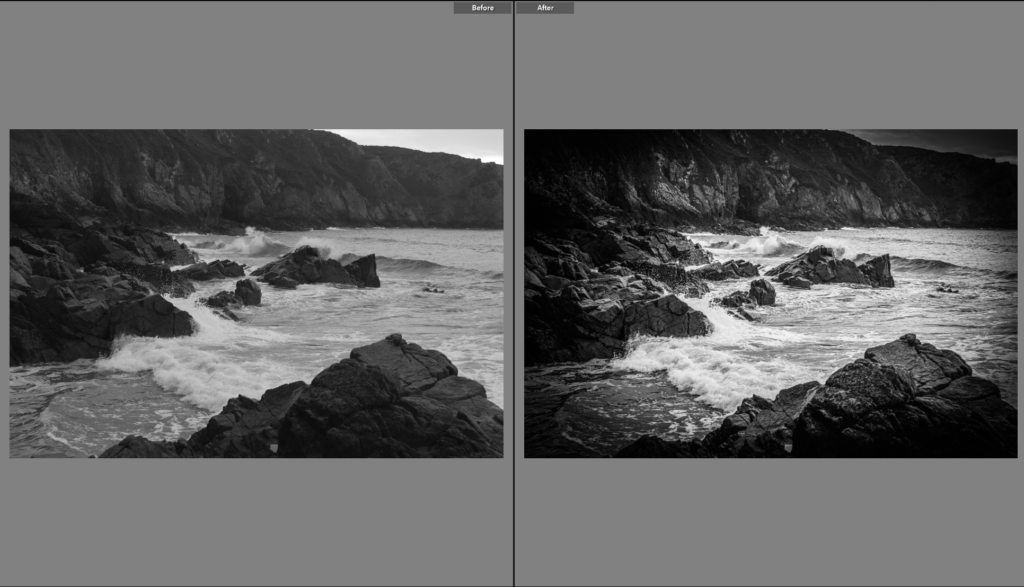
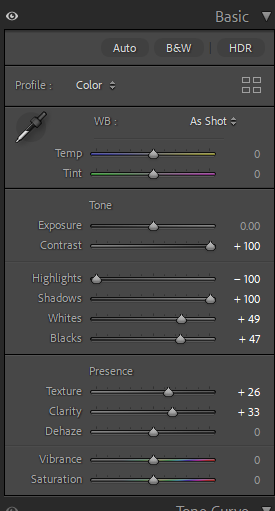
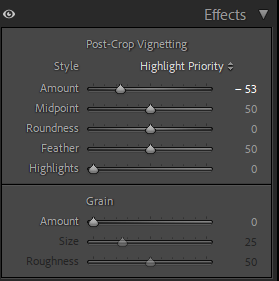
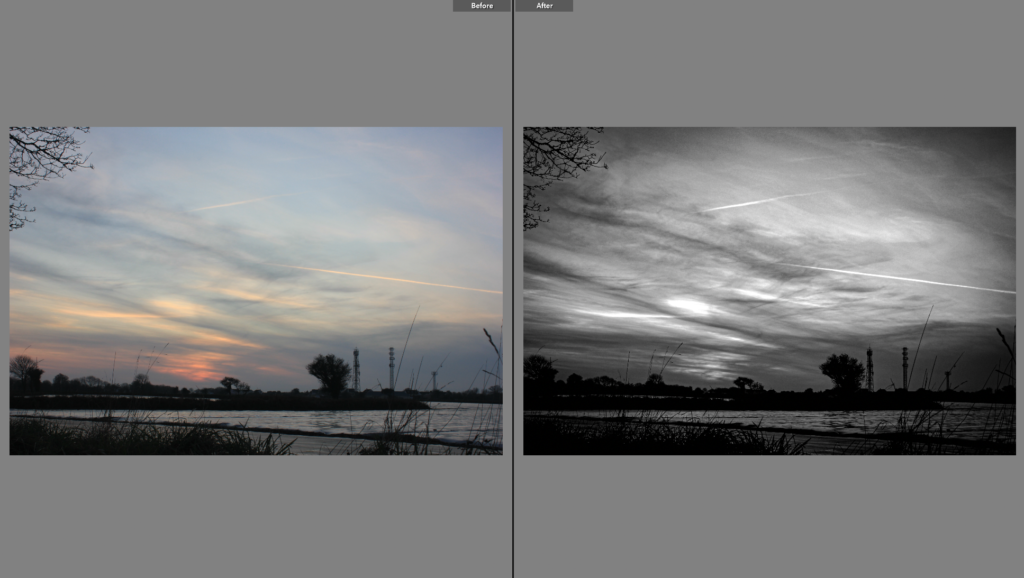
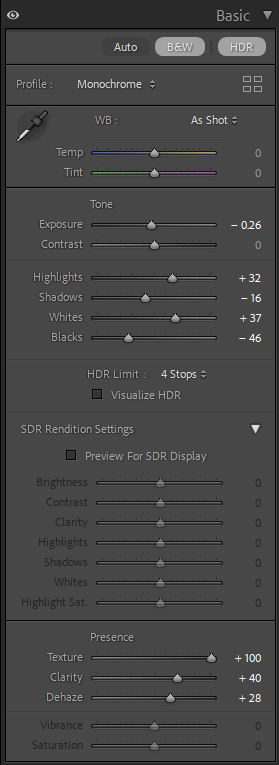
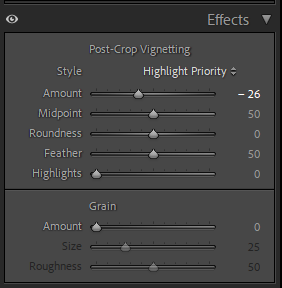
With the three photos above, I decided to make them look more dramatic by putting them in black and white, I lowered the exposure and increased the contrast. I used two different setting on the tone of my image, with the shadows and highlights depending on how the image was in the first place and i ended up adding a vignette to add more depth.
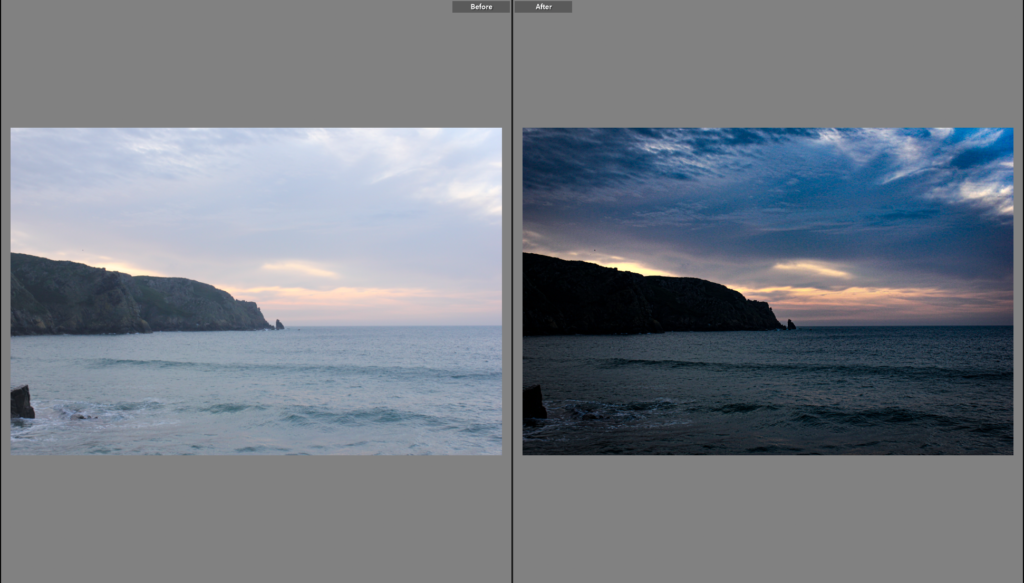
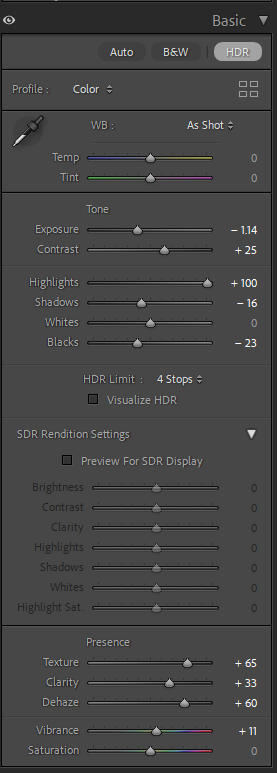
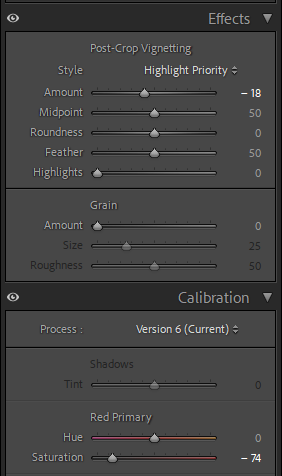
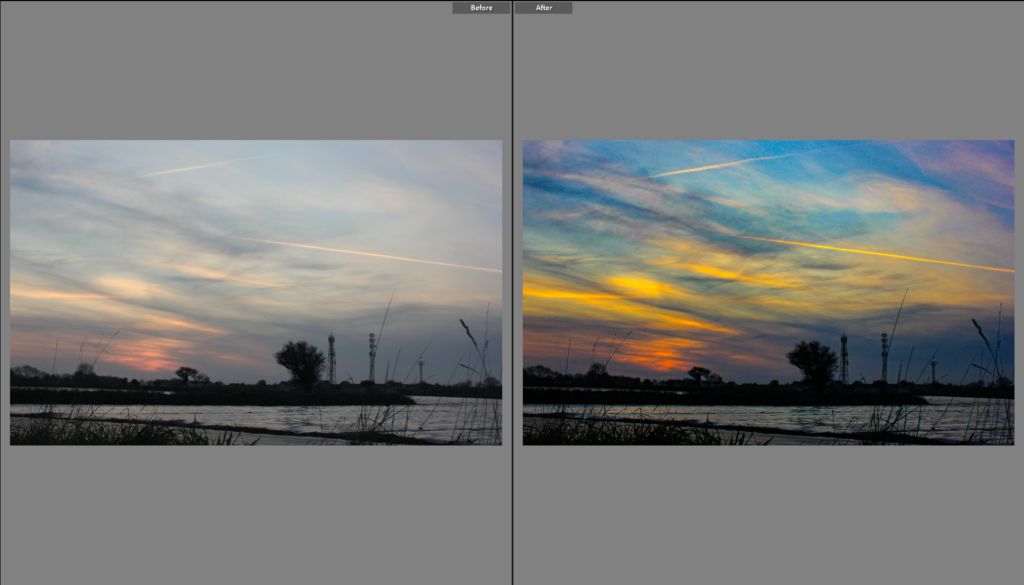
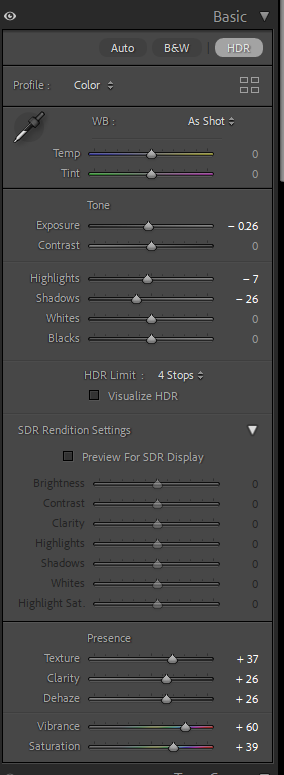
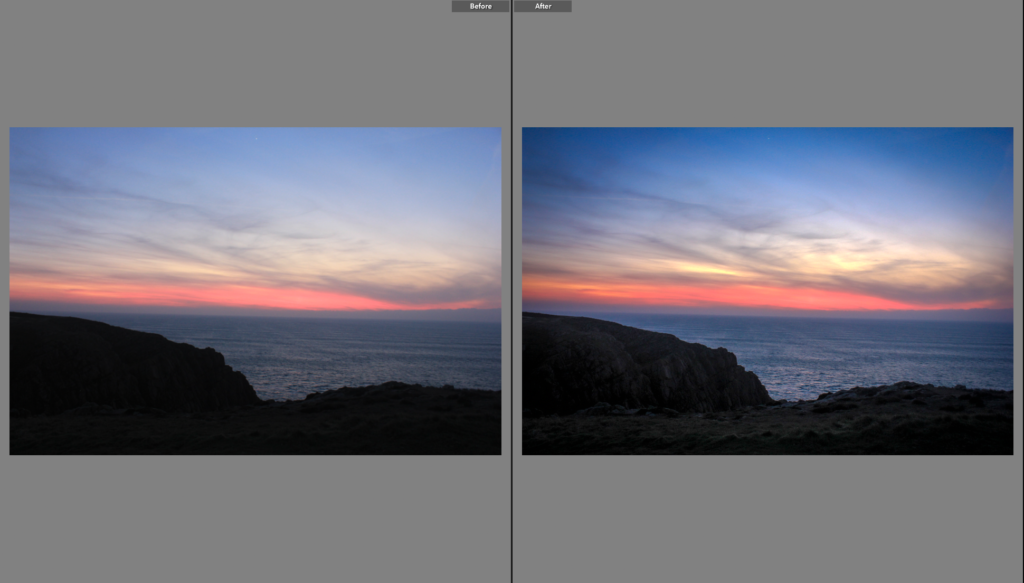
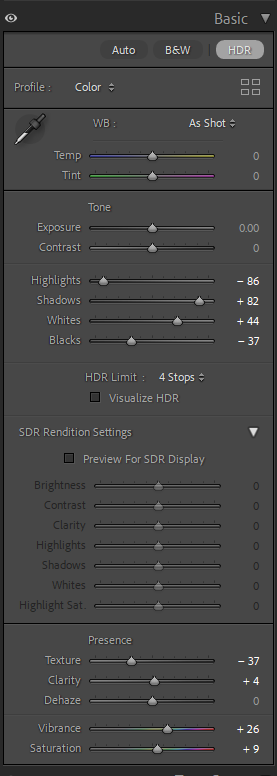
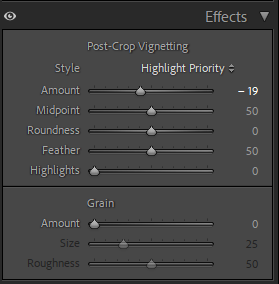
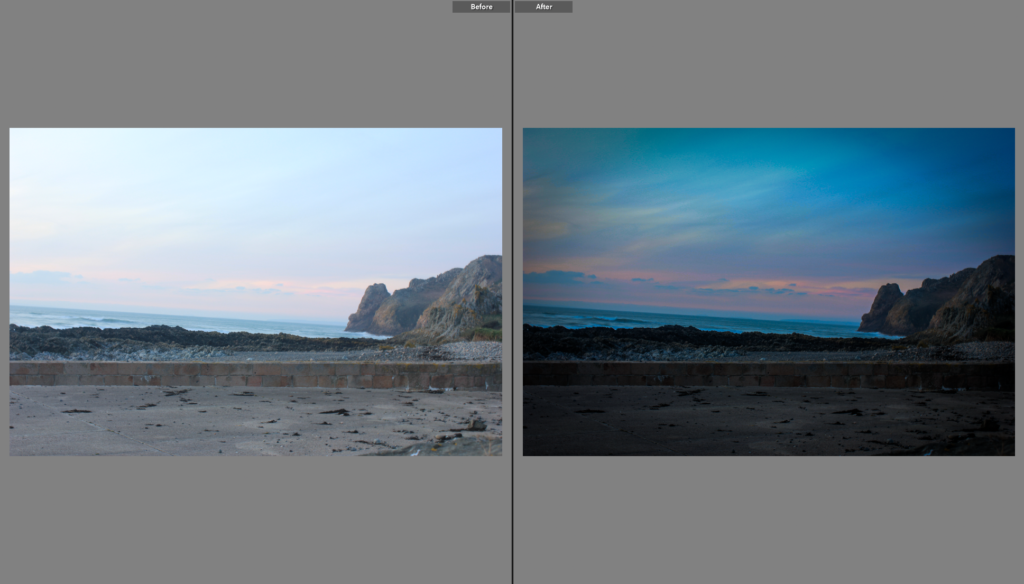
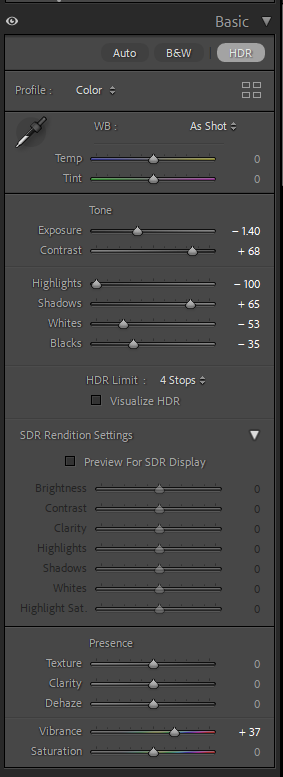
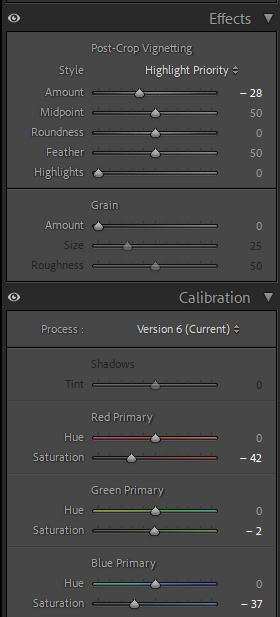
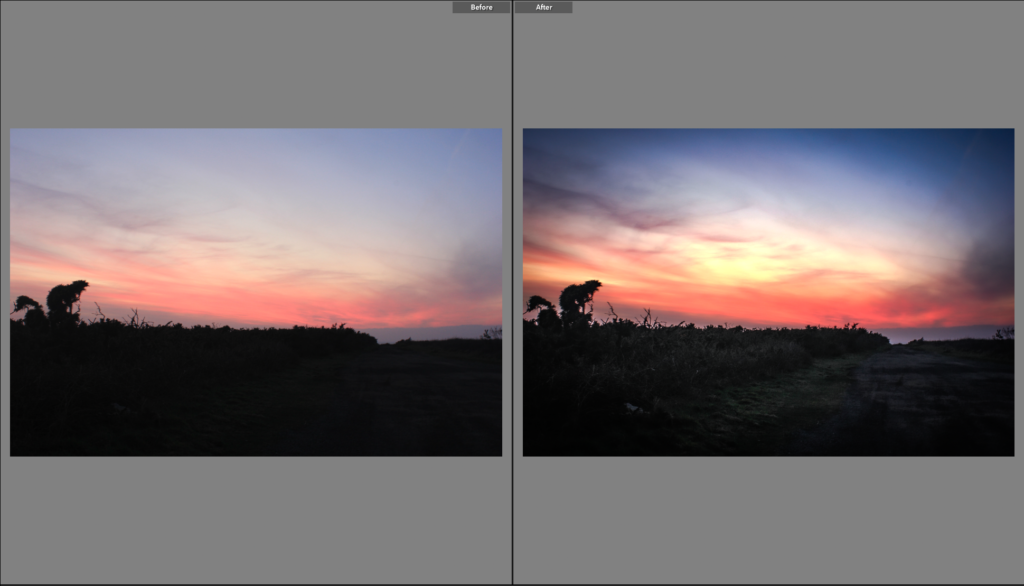
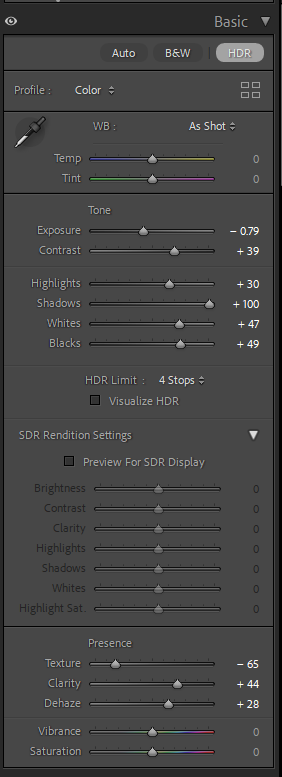
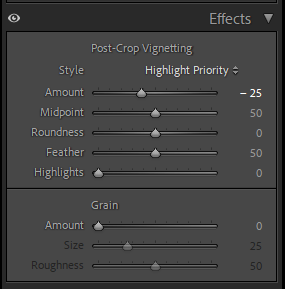
For these three, i decided to make them a bit brighter but also still dramaticise them. I increased the vibrance and saturation of the images and the shadows and whites. I decreased the highlights and blacks. I also decreased the vignette of the image to make it look more dramatic.
Final images
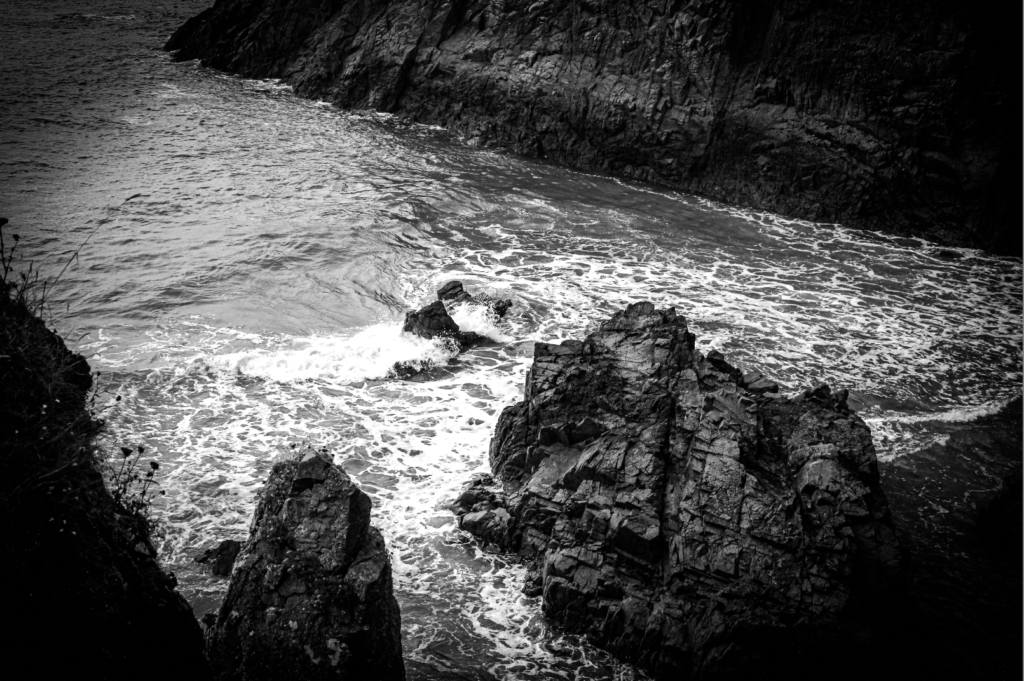
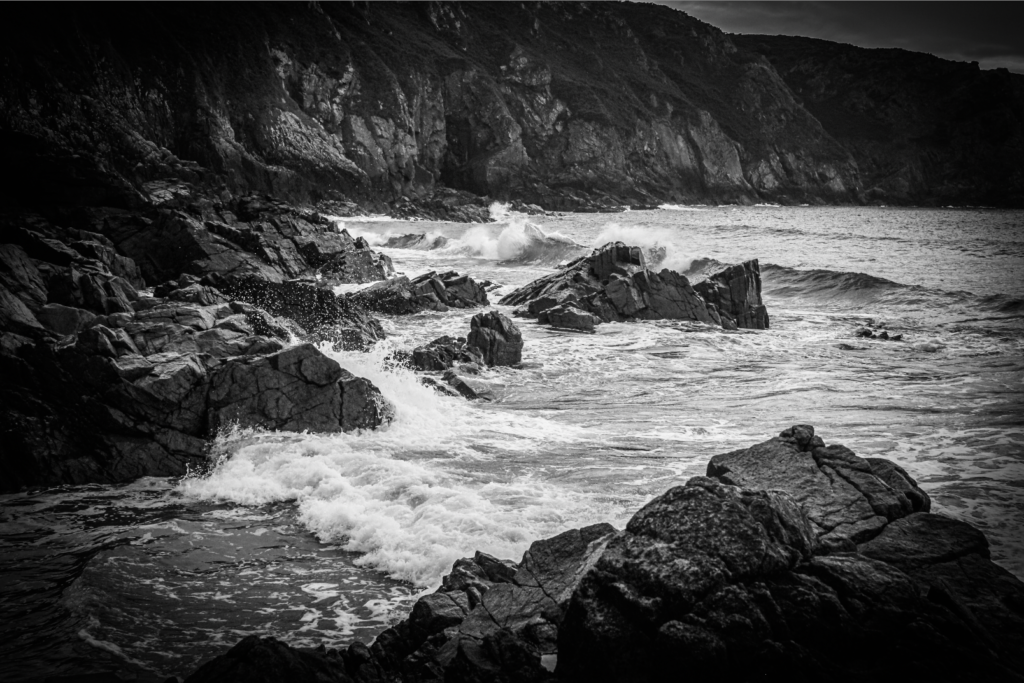




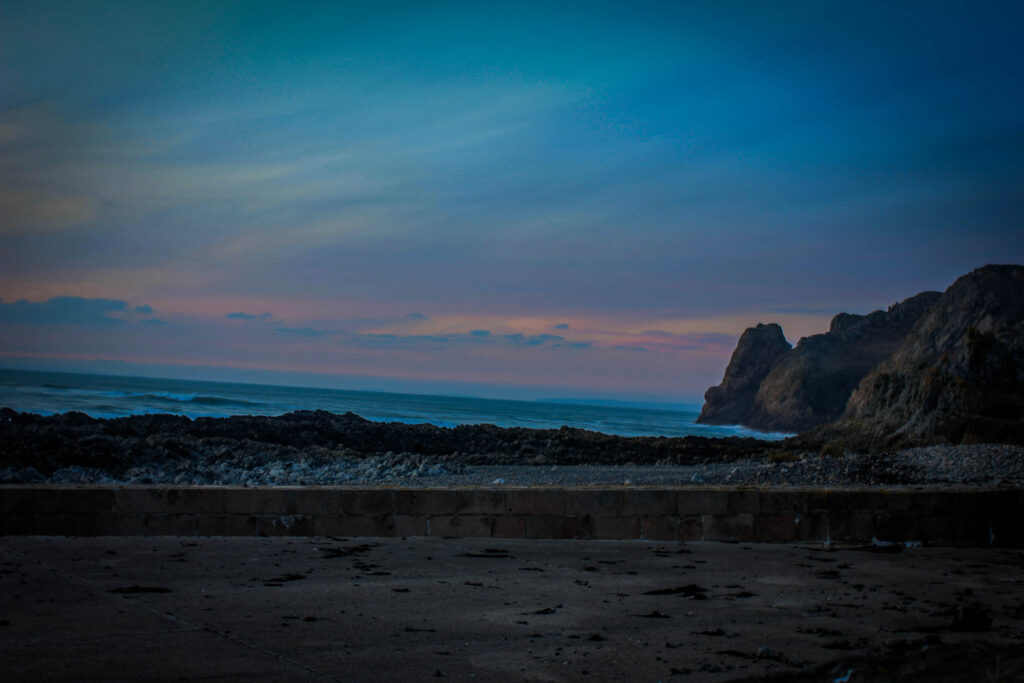

A landscape is the visible features of an area of land, it’s landforms, and how they integrate with natural or human-made features, and are mainly considered in terms of their aesthetic appeal.

After the Roman Empire fell, the tradition of picturing pure landscapes declined, and the landscape was only seen as setting for religious and figural scenes. This tradition continued until the 16th century when artists began to view the landscape as a subject in its own right.
In the 17th century the classical landscape was born. These landscapes were formed by a classical antiquity and were needed to illustrate an ideal landscape recalling Arcadia, a legendary place in ancient Greece known for its quiet pastoral beauty.

Religious painting was limited throughout the rest of Europe in the 18th and 19th centuries. Romanticism prompted the rise of art during theses centuries. Romanticism — which emphasized emotion, individualism, and the glorification of nature.

The earliest known information of a landscape photograph was taken between the years of 1826 and 1827. It was an urban landscape photo taken by a French inventor by the name of Nicephore Niepce. He took the earliest surviving image of a view of his house it was from a window. His house was called Chalons-sur-Saone, need an exposure of 8 hours.


The term “landscape” actually derives from the Dutch word landschap, which originally meant “region, tract of land” but acquired the artistic connotation, “a picture depicting scenery on land” in the early 1500s (American Heritage Dictionary, 2000).
Landscape photographs typically capture the presence of nature but can also focus on human-made features or disturbances of landscapes.
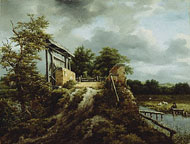
Artists have been painting the landscape since ancient times. The Greeks and Romans created wall paintings of landscapes and gardens capes. After the fall of the Roman Empire, the tradition of depicting a pure landscapes declined, and the landscape was seen only as a setting for religious, figural scenes. This tradition continued until the 16th century when artists began to view the landscape as a subject in its own right. The artistic shift seems to have corresponded to a growing interest in the natural world sparked by the Renaissance.
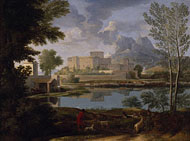
In the 17th century the classical landscape was born. These landscapes were influenced by classical antiquity and sought to illustrate an ideal landscape recalling Arcadia, a legendary place in ancient Greece known for its quiet pastoral beauty. The Roman poet Virgil had described Arcadia as the home of pastoral simplicity. In a classical landscape the positioning of objects was contrived; every tree, rock, or animal was carefully placed to present a harmonious, balanced, and timeless mood. The classical landscape was perfected by French artists Nicolas Poussin + Claude Lorrain. Both artists spent most of their careers in Rome drawing inspiration from the Roman countryside. Italy, at the time, was the preferred location for many artists, who often travelled there with patrons on the Grand Tour. Poussin, who in his early years focused his talent on history painting, came later in life to believe that landscapes could express the same very powerful emotions as the human dramas depicted in history paintings. From that point on, he worked to elevate landscape to a much higher status.
During the 18th century, Italy continued to be a popular source of inspiration for landscape artists, as the Grand Tour’s popularity increased and peaked in the later half of the century. France + England became the new centres of landscape art, although the ideals of 17th-century Dutch and Italian landscapes, including the classical model, retained popularity. While landscapes were often commissioned by patrons, the subject remained low in the hierarchy of the academies, particularly at the Académie Royale in France, an incredibly powerful organization that set the standards for what was taught
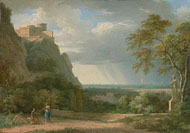
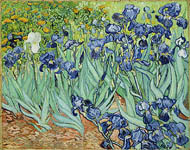
In the late 18th century, Pierre-Henri de Valenciennes changed the tide for landscape painting in France. Like Poussin, he saw landscape painting as worthy of the status of history painting and worked to convince the Academy and his contemporaries. In 1800 he published a ground-breaking book on landscape painting, Elements de perspective practicum. this book emphasized the aesthetic ideal of the “historic landscape,” which has to be baced on the study of real nature. The success of the book pushed the Academy to create a prize for “historic landscape” in 1817. The next generation of French landscape painters would benefit greatly from Valenciennes’ efforts. Among them was Jean-Baptiste-Camille Corot, who was heavily influenced by the historic landscapes of Valenciennes and by his own travels in Italy.
The 19th century held many milestones for the history of landscape art. As the Industrial Revolution altered the traditions of rural life, the old hierarchy of subjects vanished. Throughout Europe + North America landscape painting gained a new supremacy. Barbizon painters such as Théodore Rousseau and Charles Daubigny became less concerned with idealized, classical landscapes and focused more on painting out-of-doors directly from nature, a practice known as plein air painting.
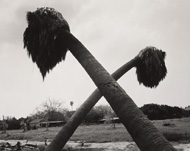
in the 19th century is when the birth of landscape photography, which would greatly influence the landscape painters’ compositional choices. Revolutionary artists surfaced, like Gustave Courbet, who pushed the boundaries of landscape painting even further by making it both a tactile + visual experience. Courbet’s radical painting techniques and independent spirit paved the way for the next generation of painters to break from the Academy, the Impressionists. The Impressionists, consist of artists including Claude Monet, Camille Pissarro, Auguste Renoir, and Alfred Sisley, would devote most of their careers to studying and painting the landscape, working most often out-of-doors. The influence of Courbet’s distinct use of paint and the way he structured his landscape views extended well beyond Impressionism, deeply impacting the work of Cézanne and Van Gogh, which also impacted painters within 20th century.
In the early 20th century, painters continued to embrace the landscape. As photography gained acceptance as an art form, artists used the medium to create interpretations of the land through pictorialist effects and, later, through formal compositions of close-up, cropped views of the landscape. In America, photographer Ansel Adams captured the country’s attention with his breathtaking views of the wild beauty of the American West. Even though the major artistic movements of the mid-20th century were no longer dominated by the landscape as a subject, the genre’s importance continued as artists responded to fears of increased industrialization, the threat of global destruction, and ecological disasters.